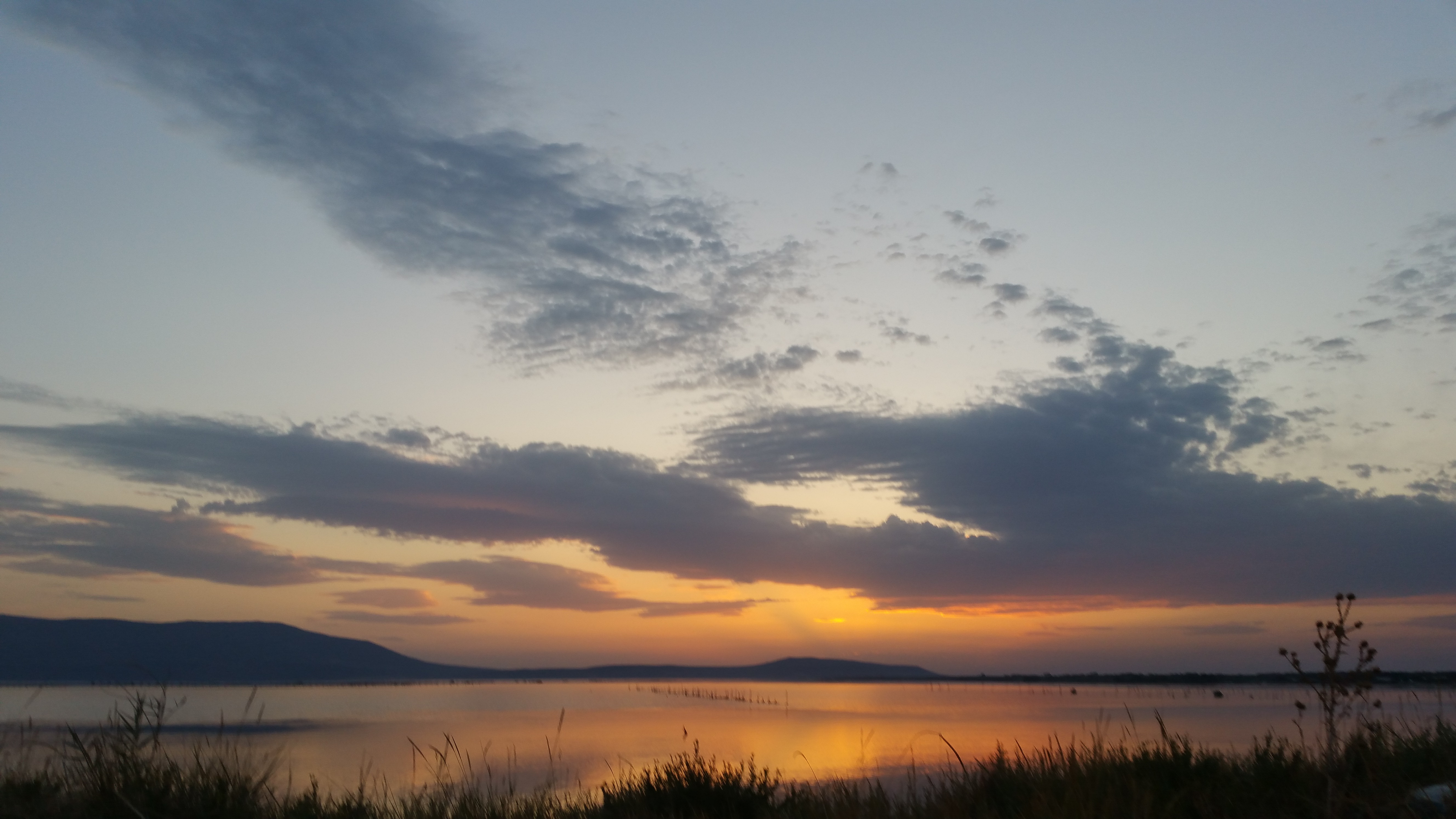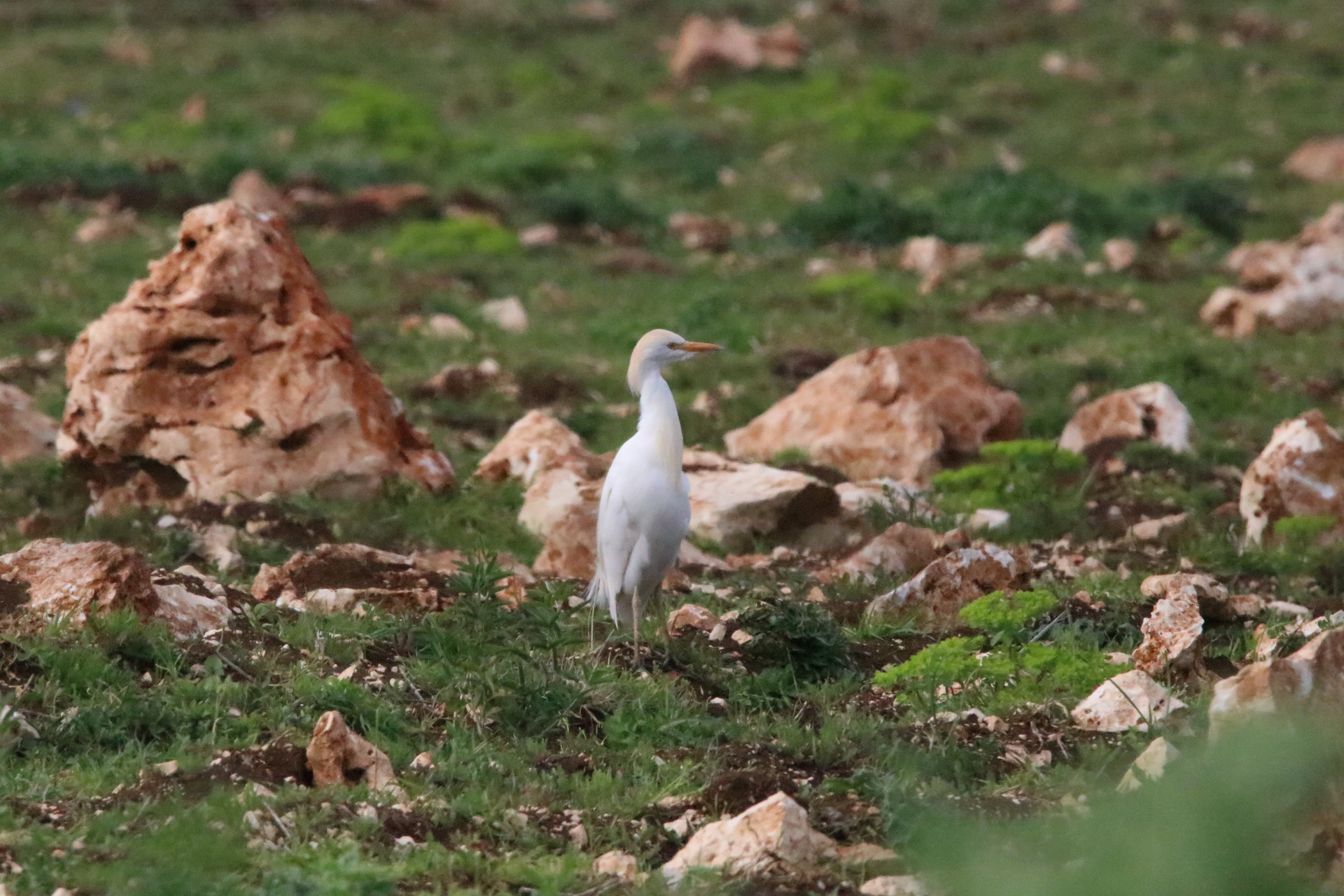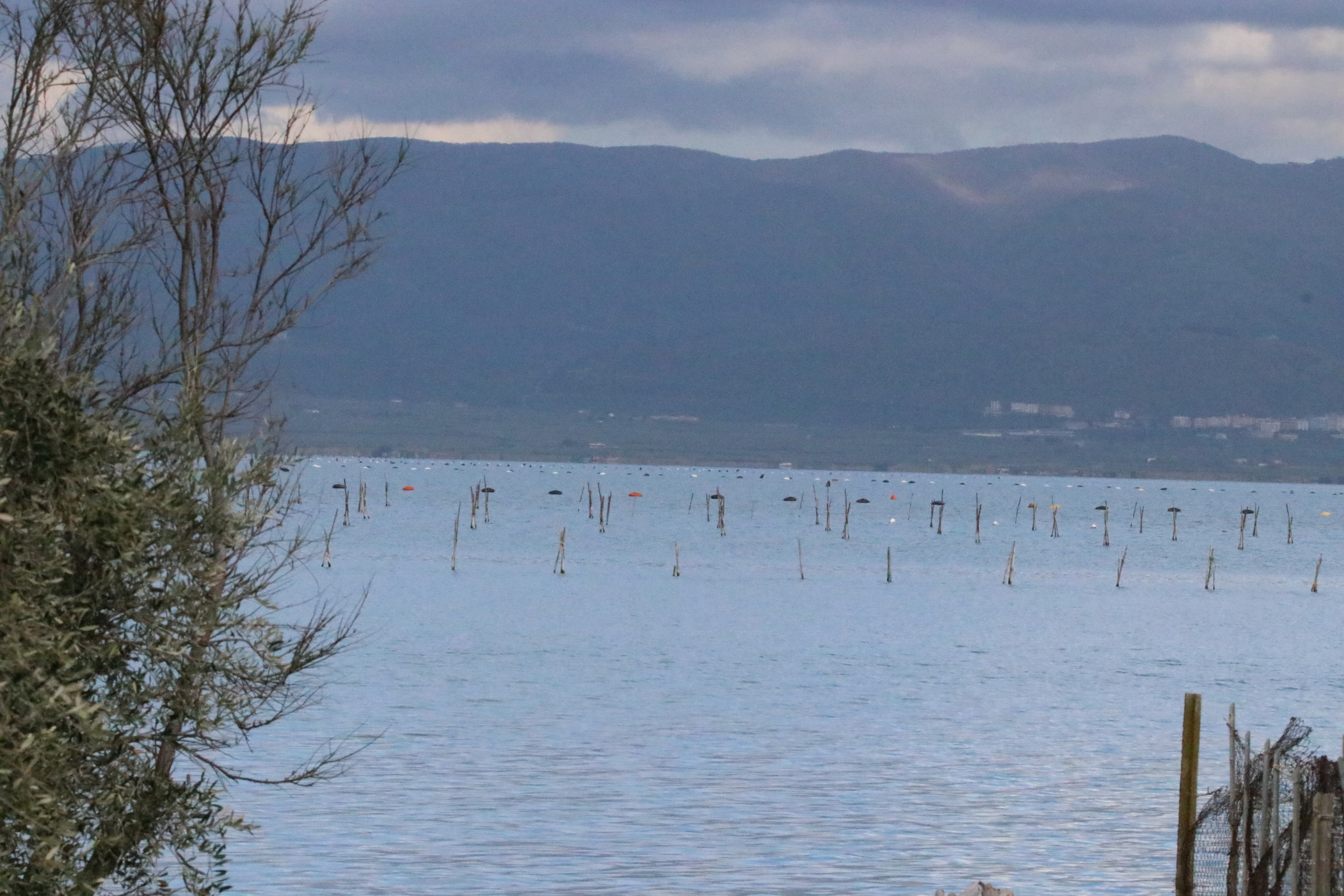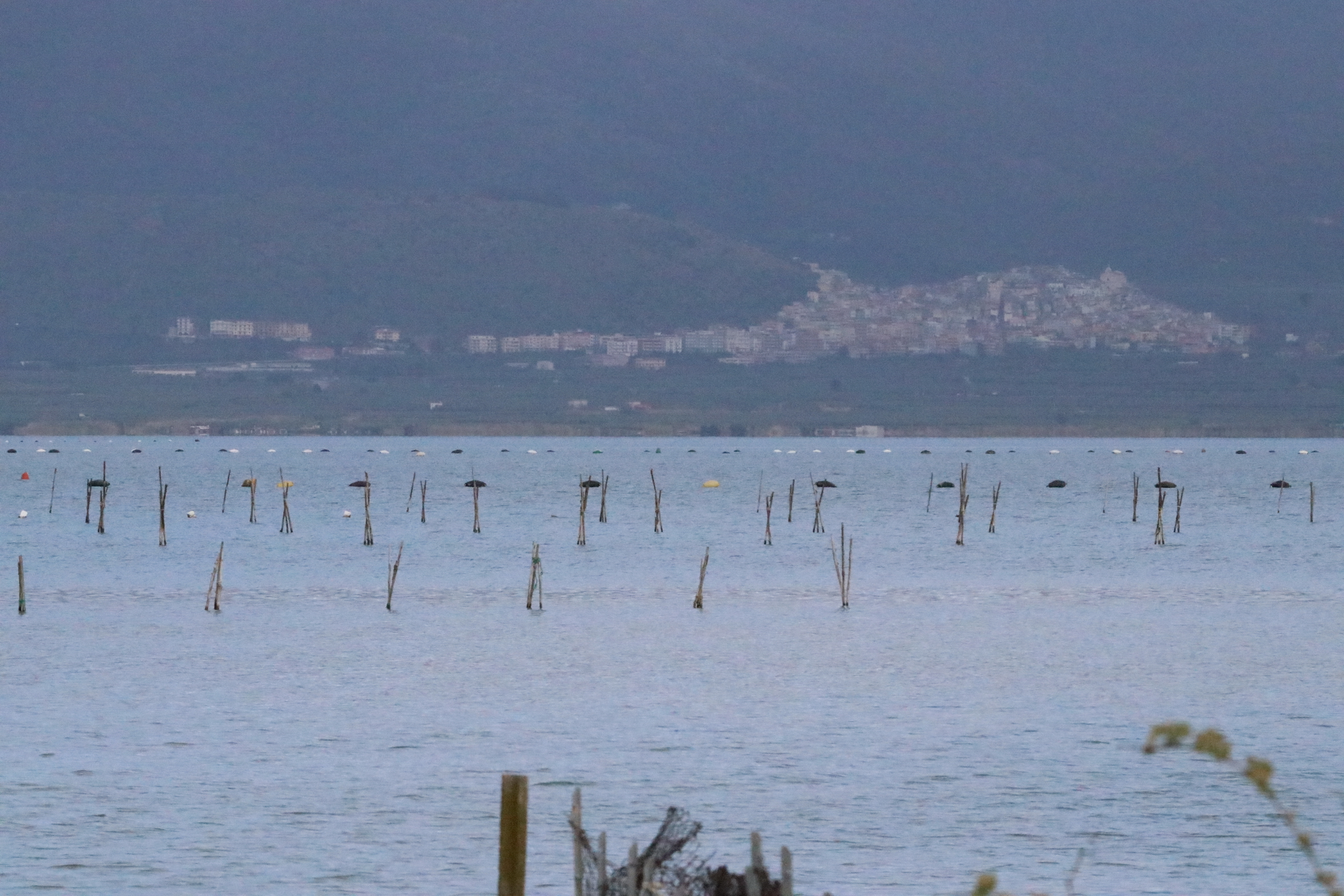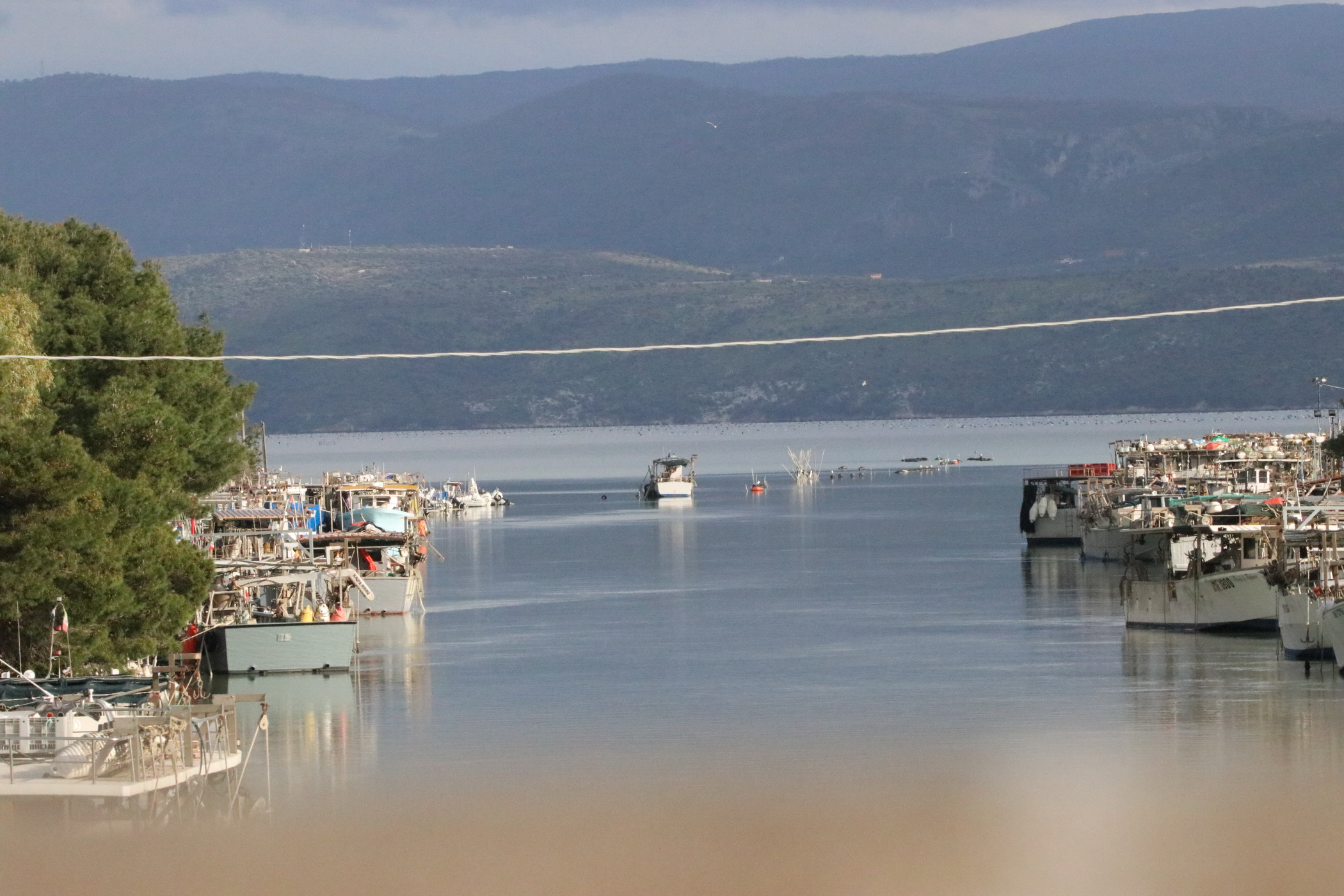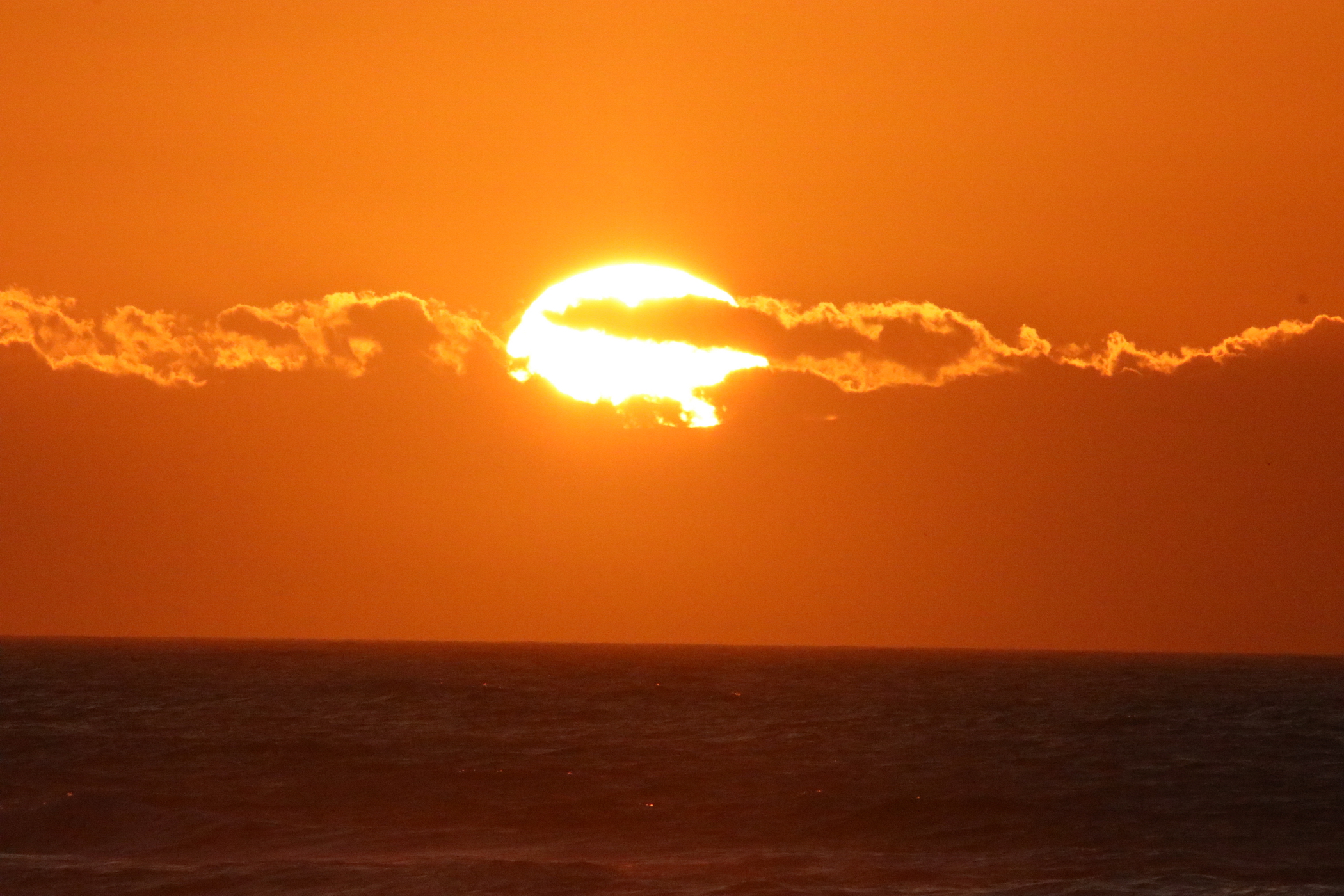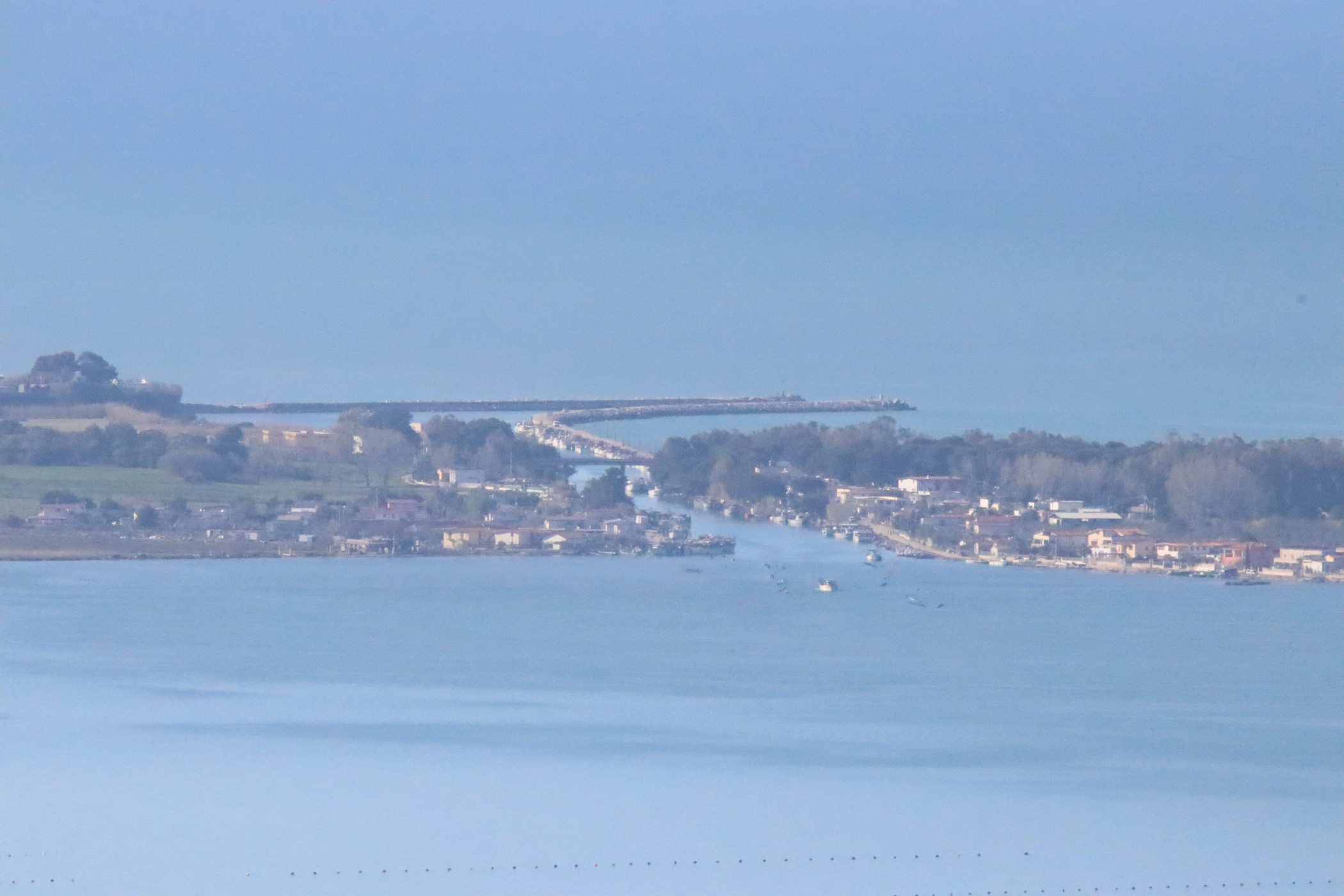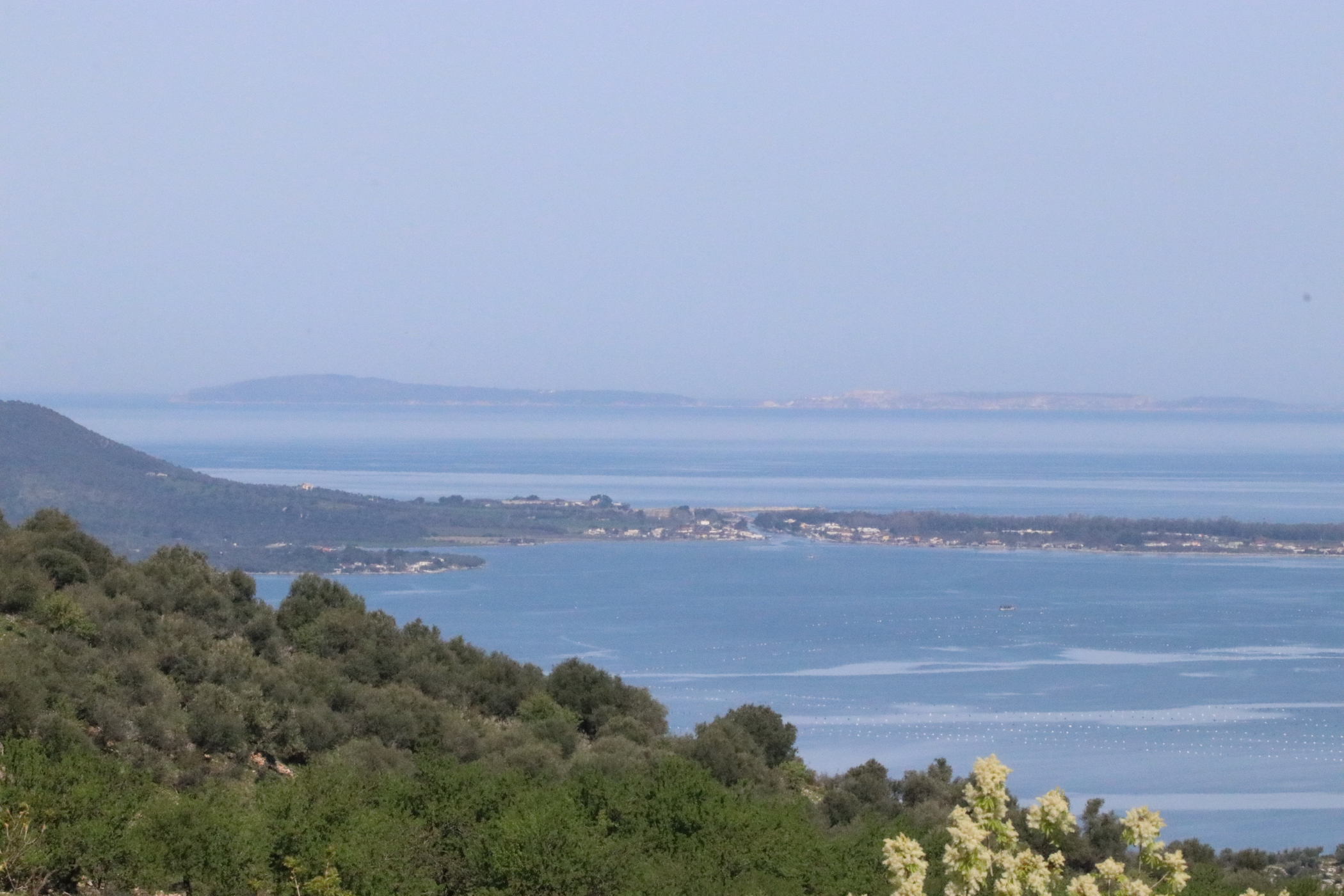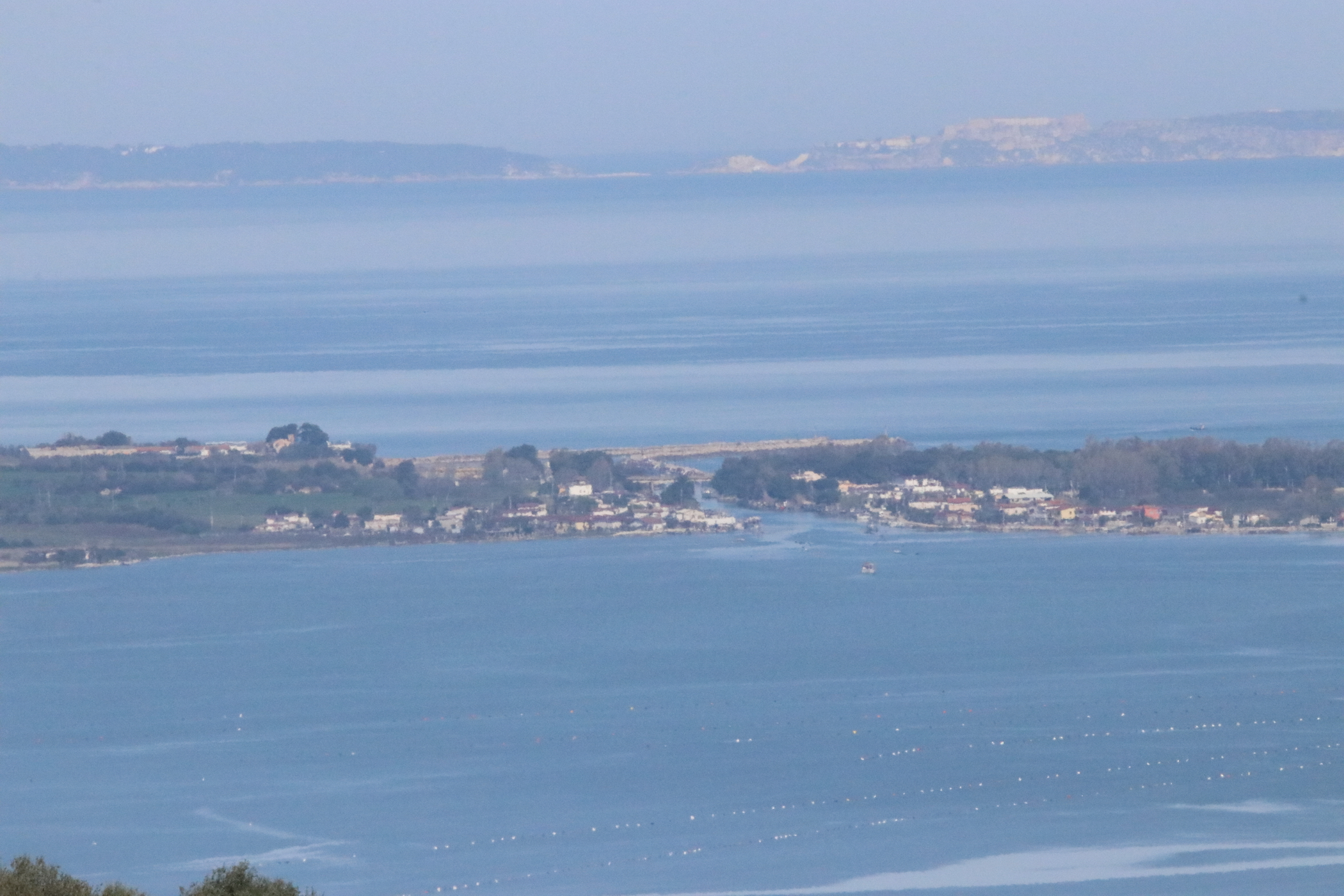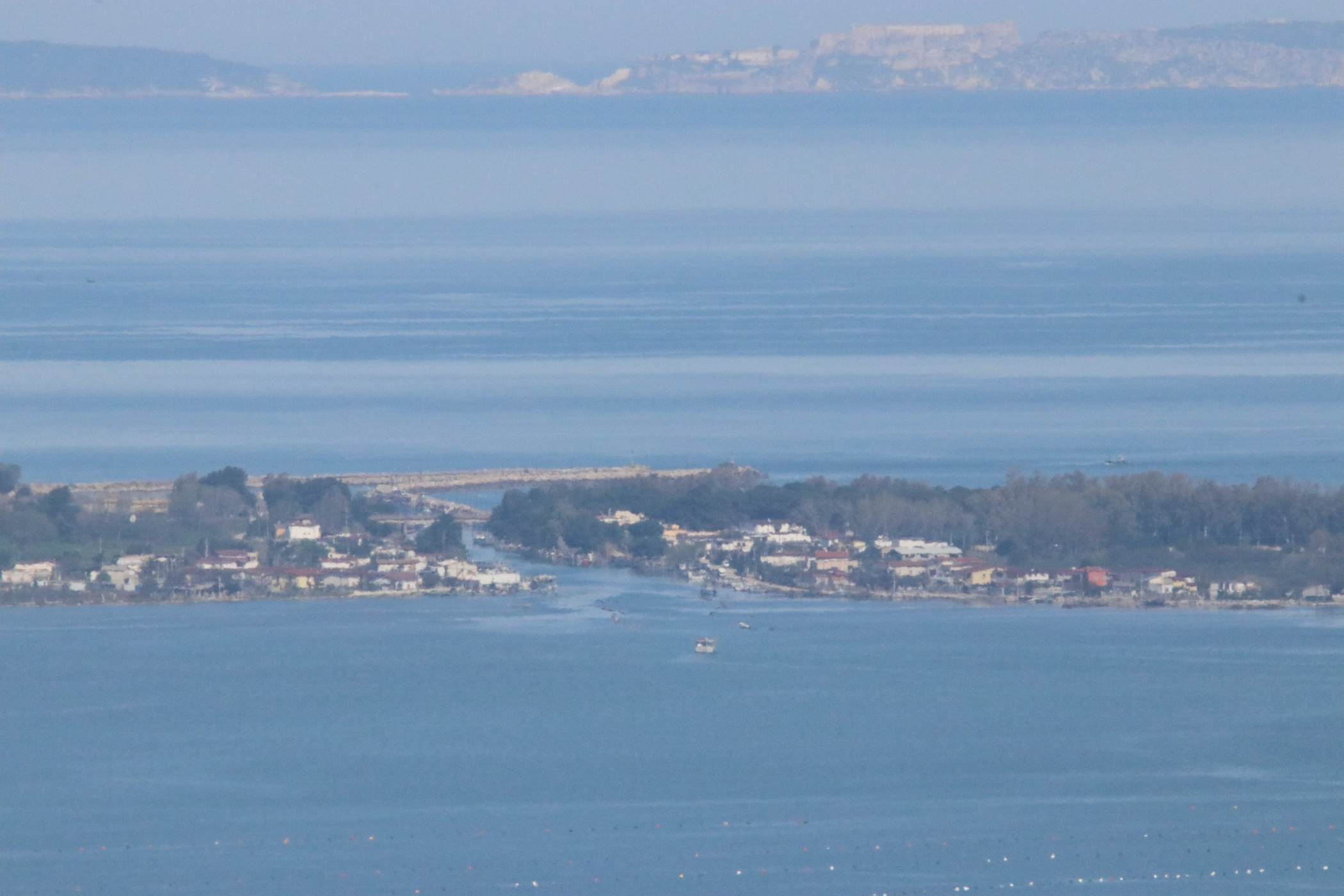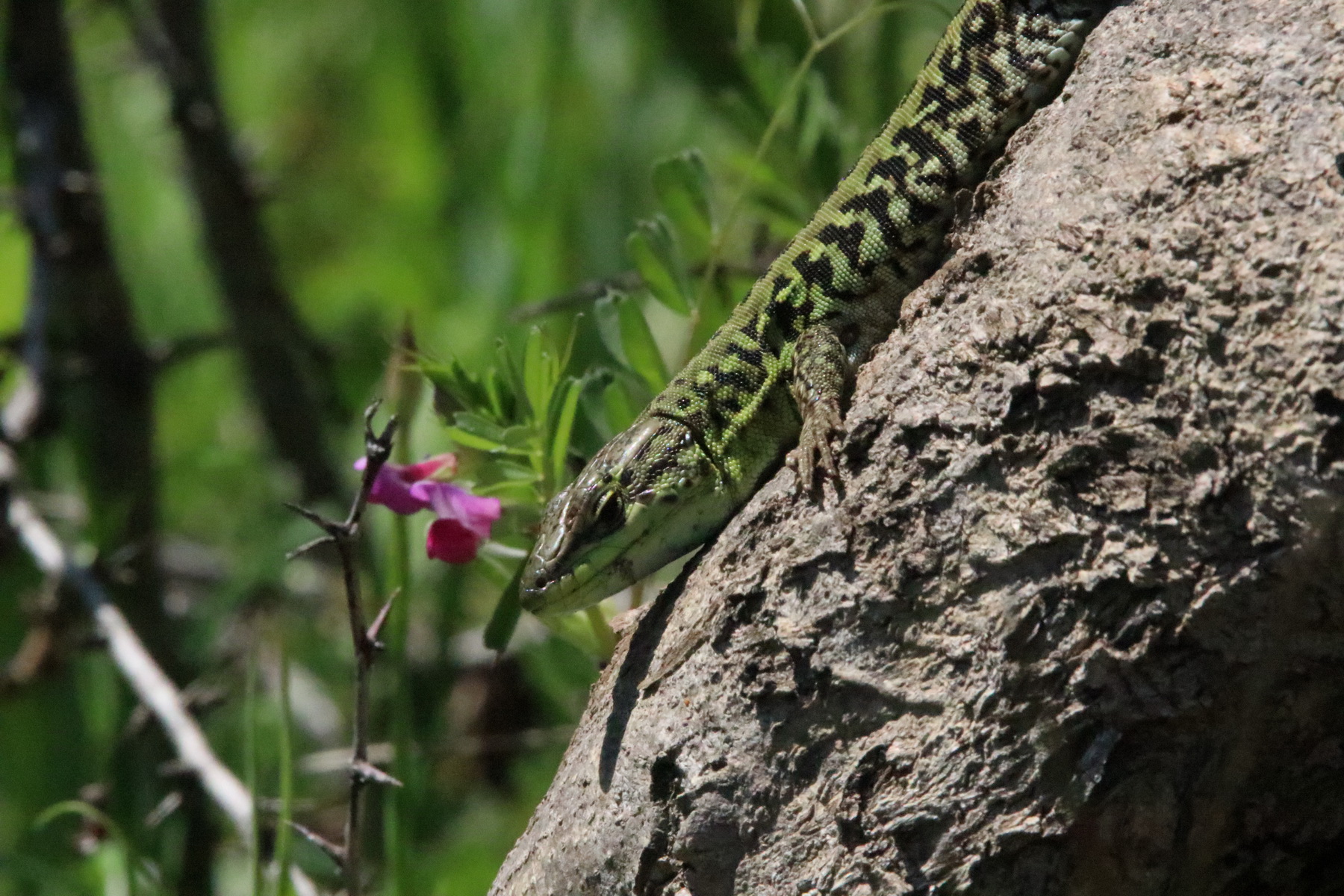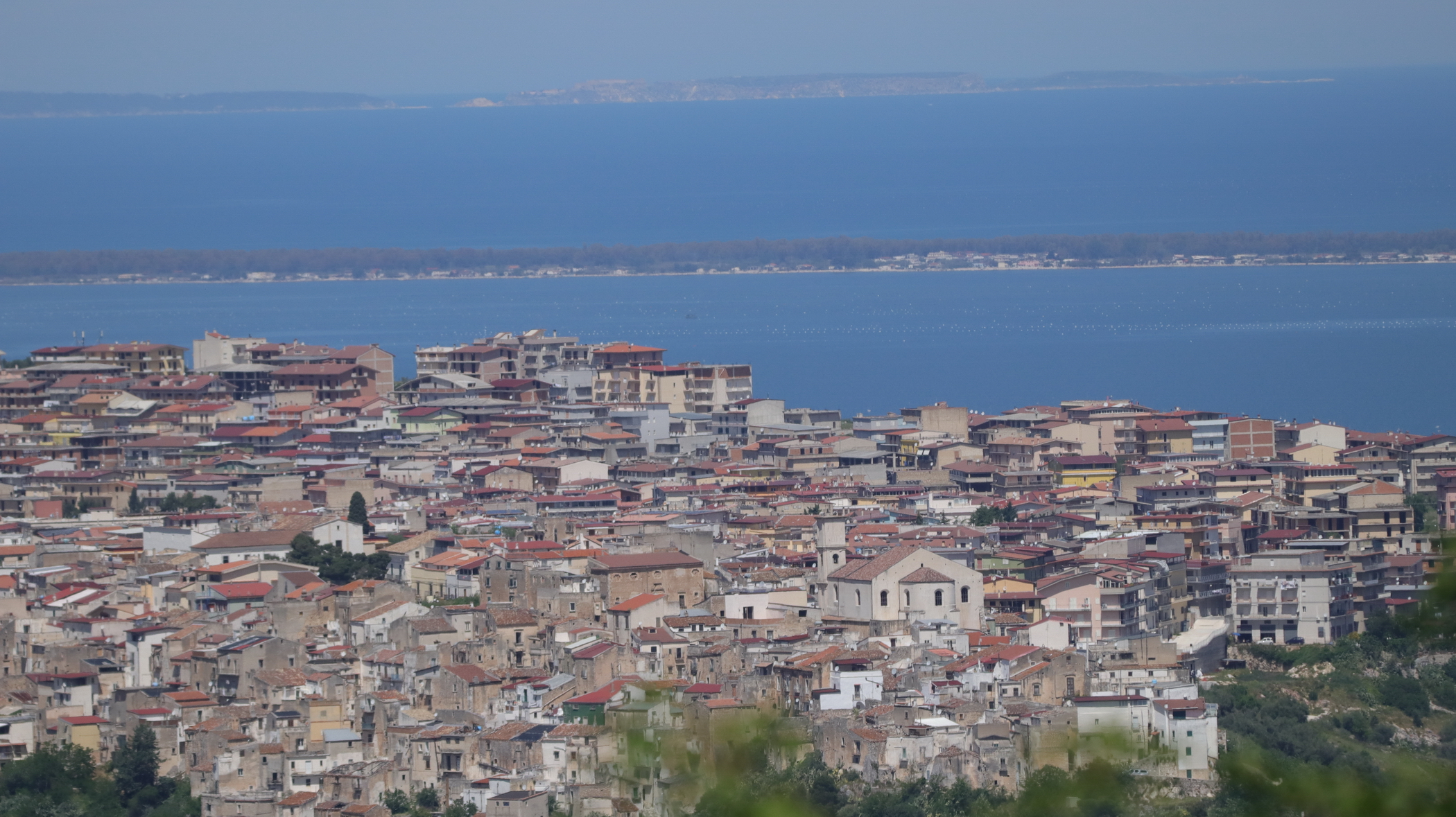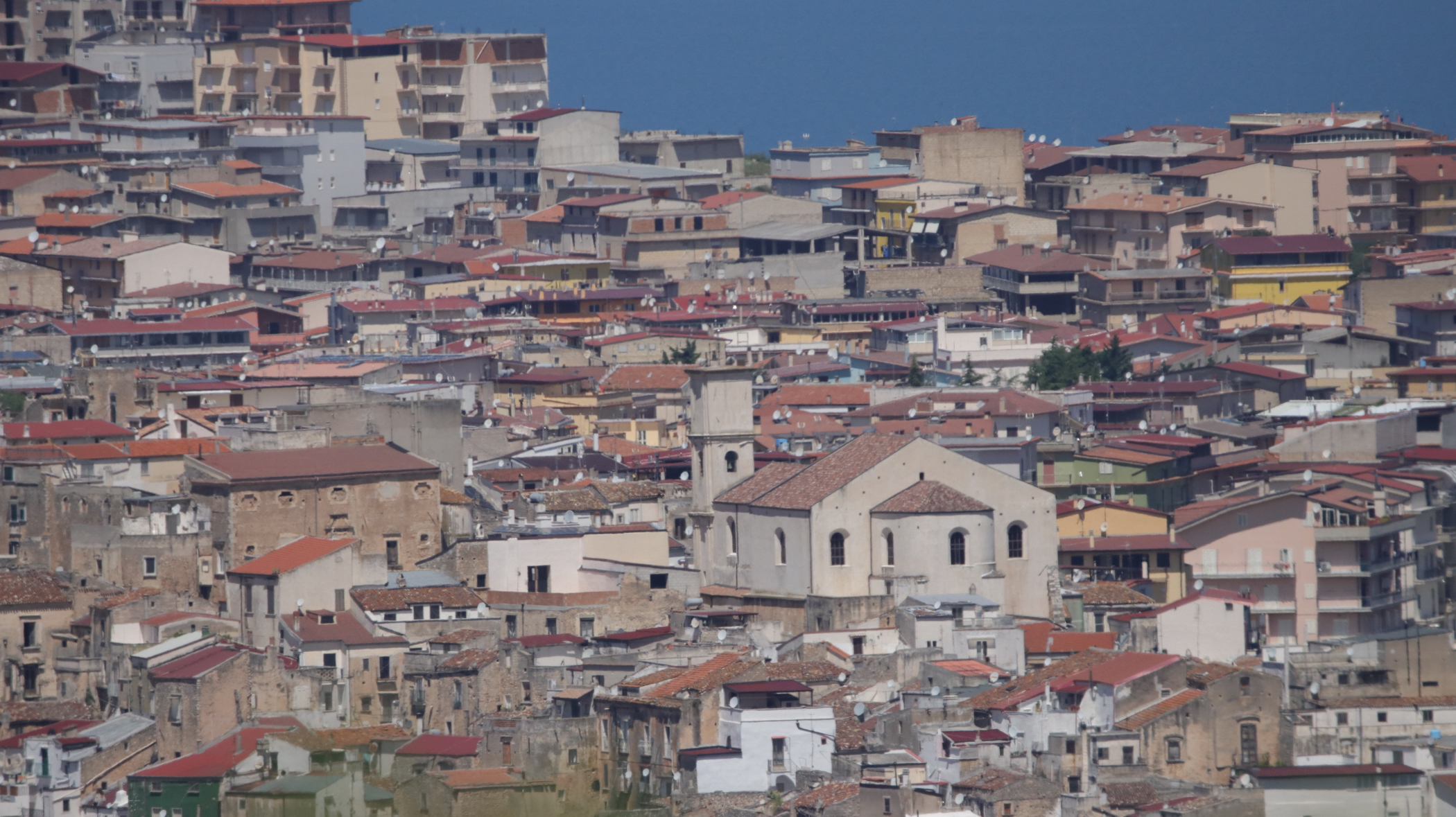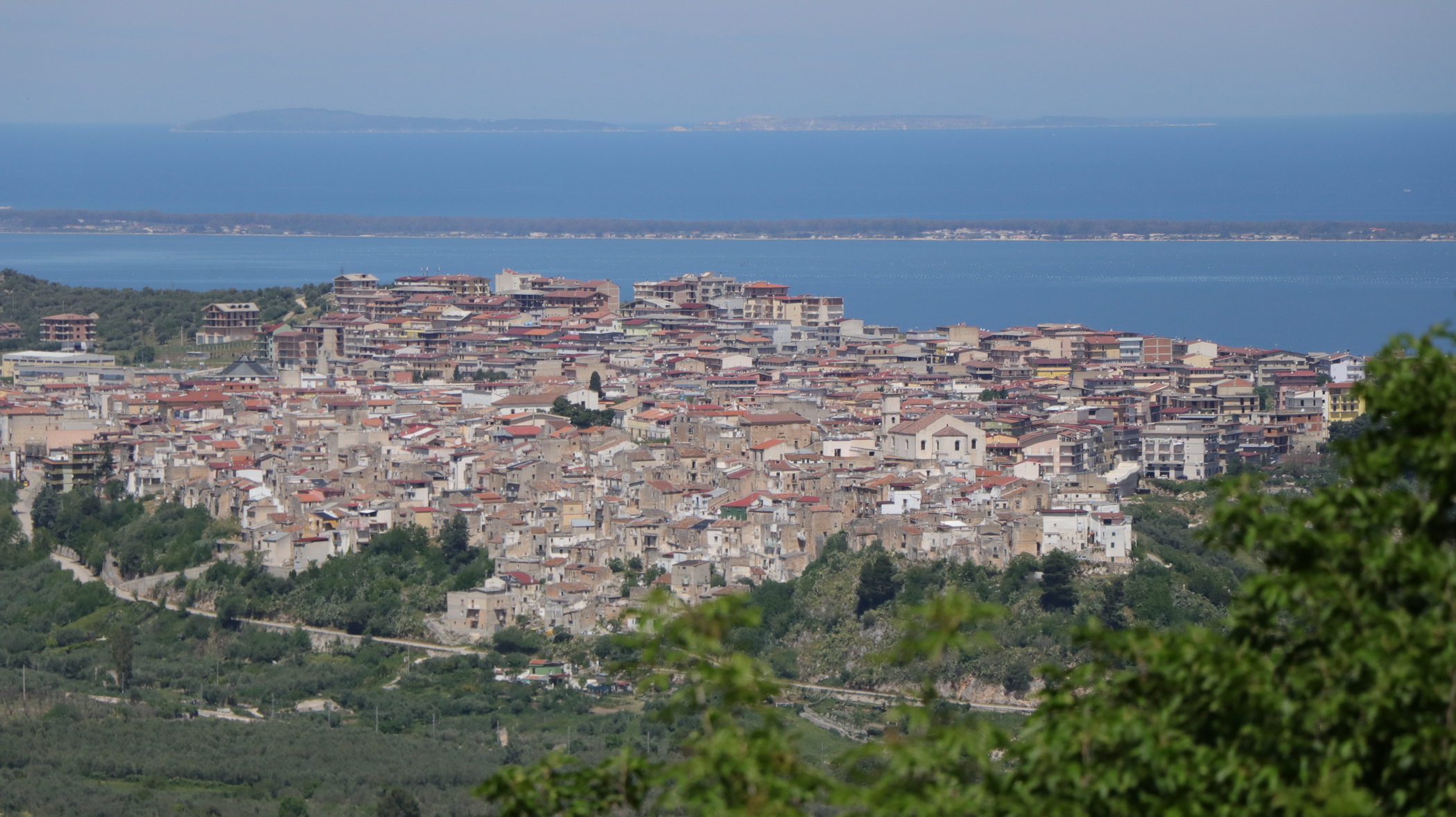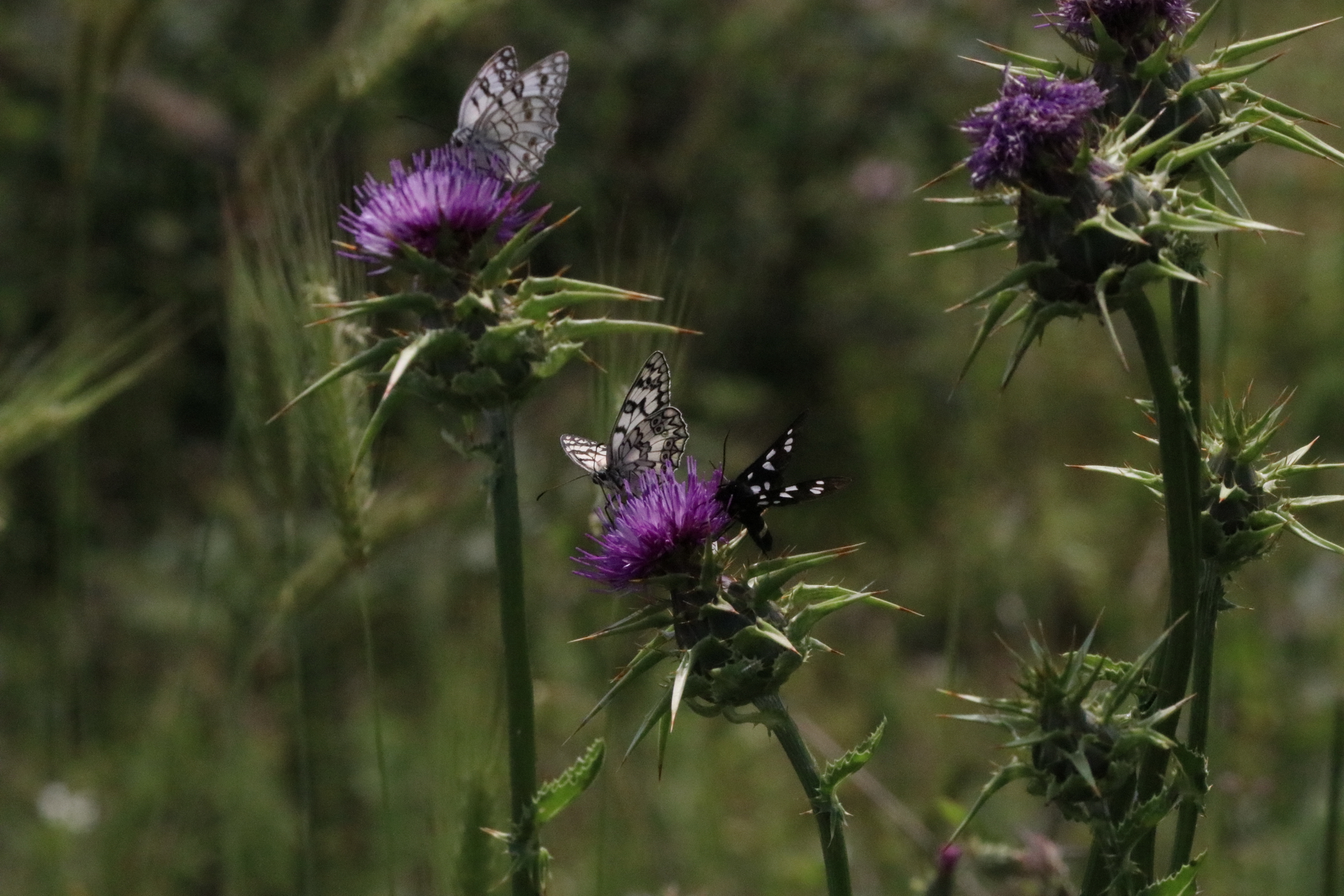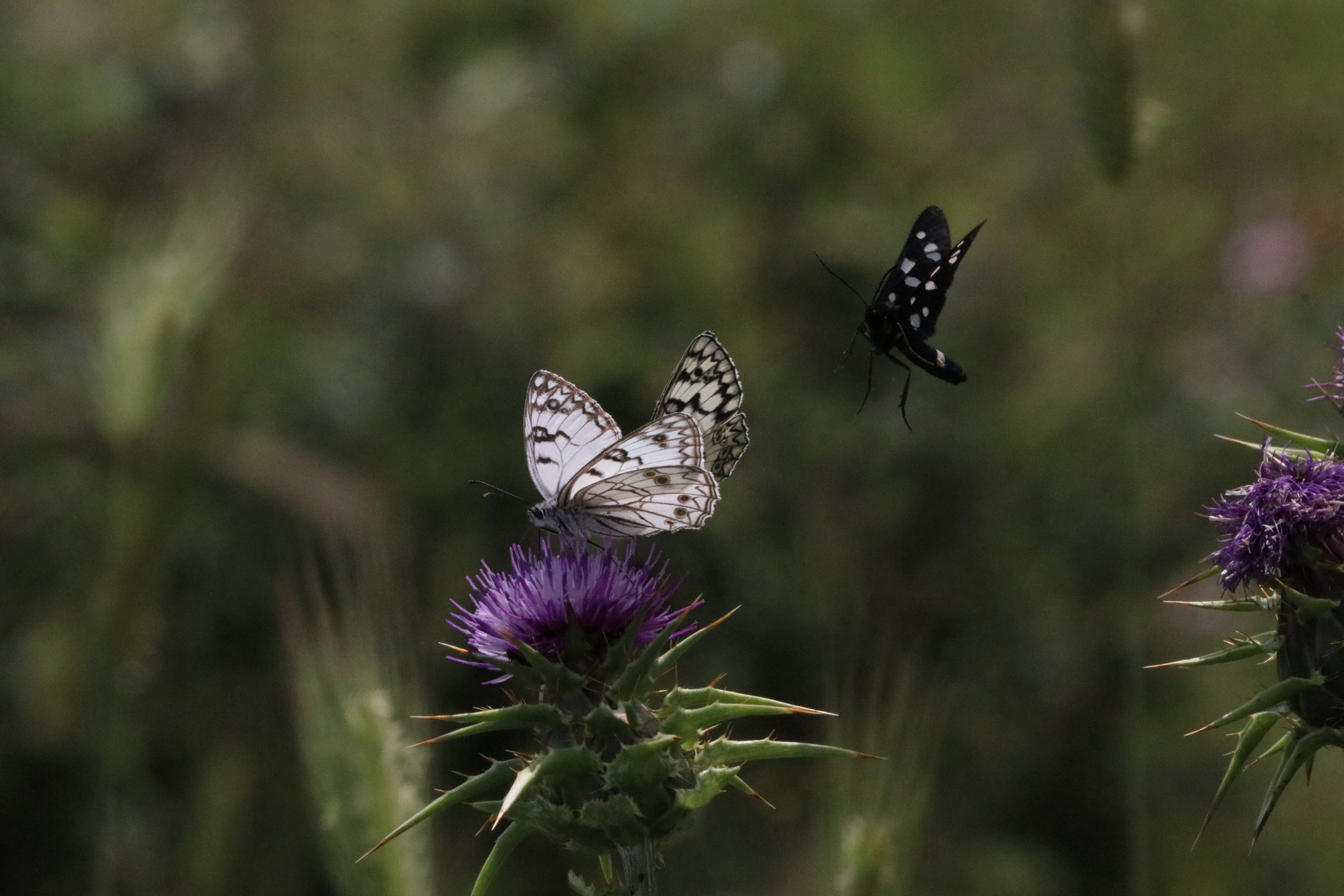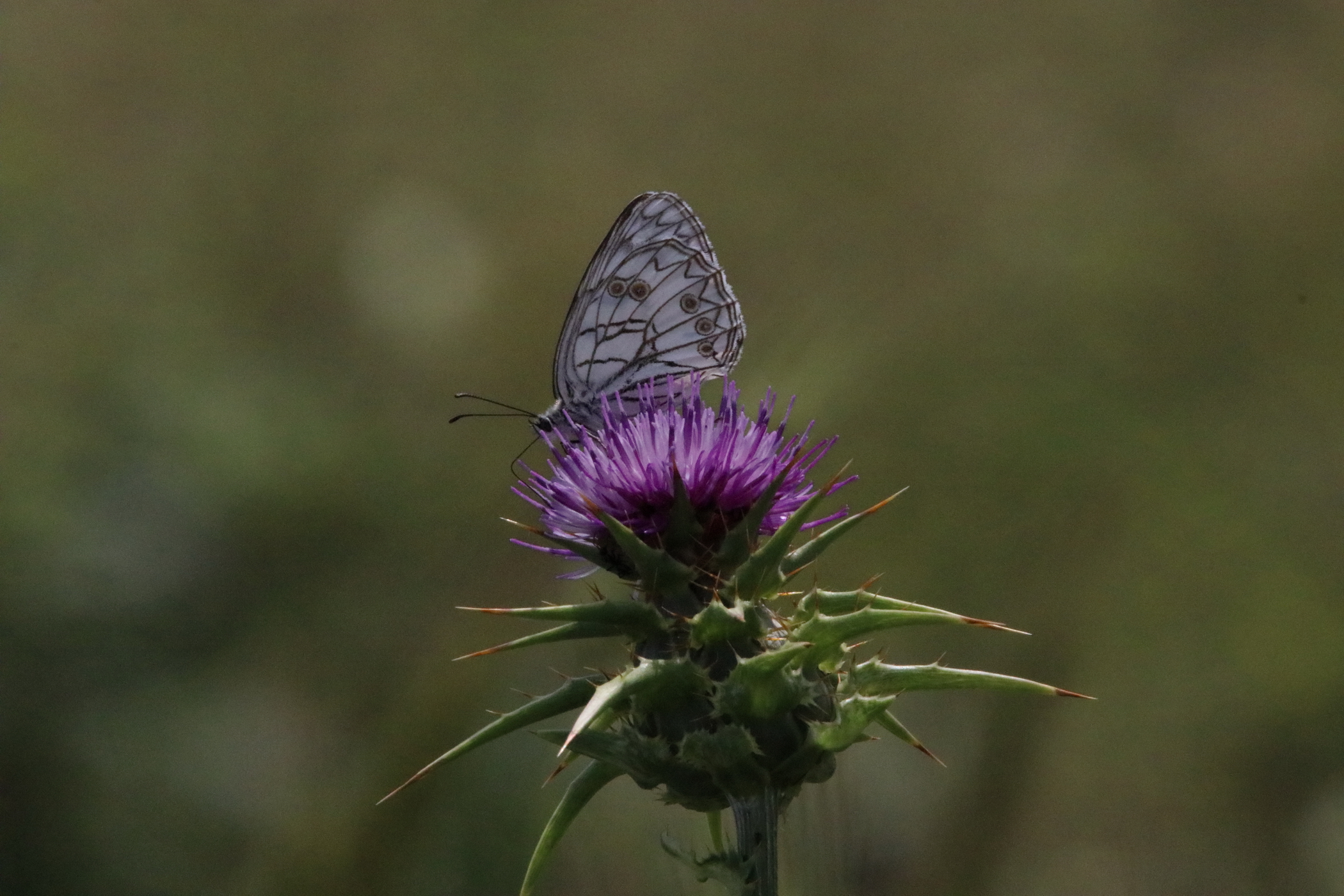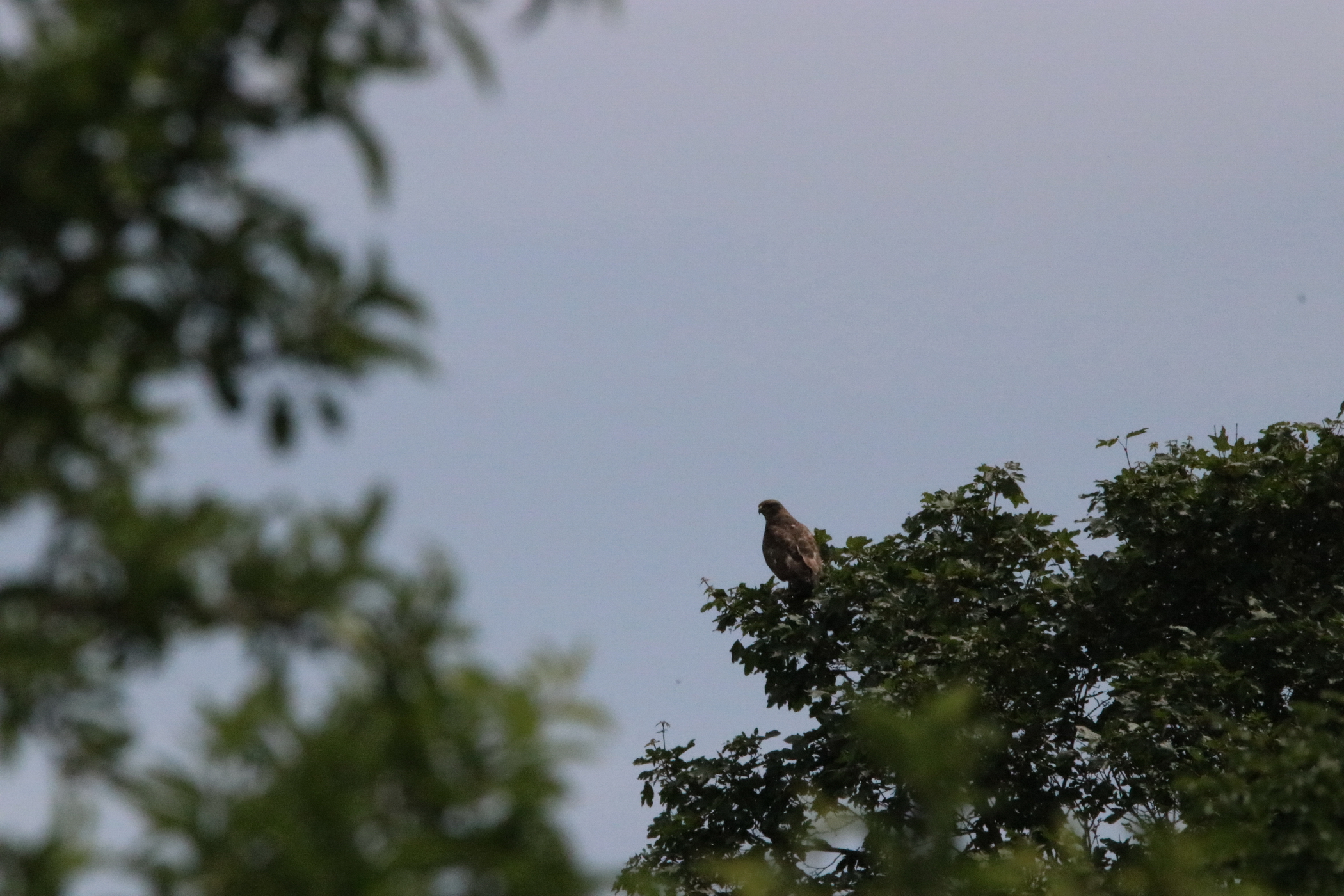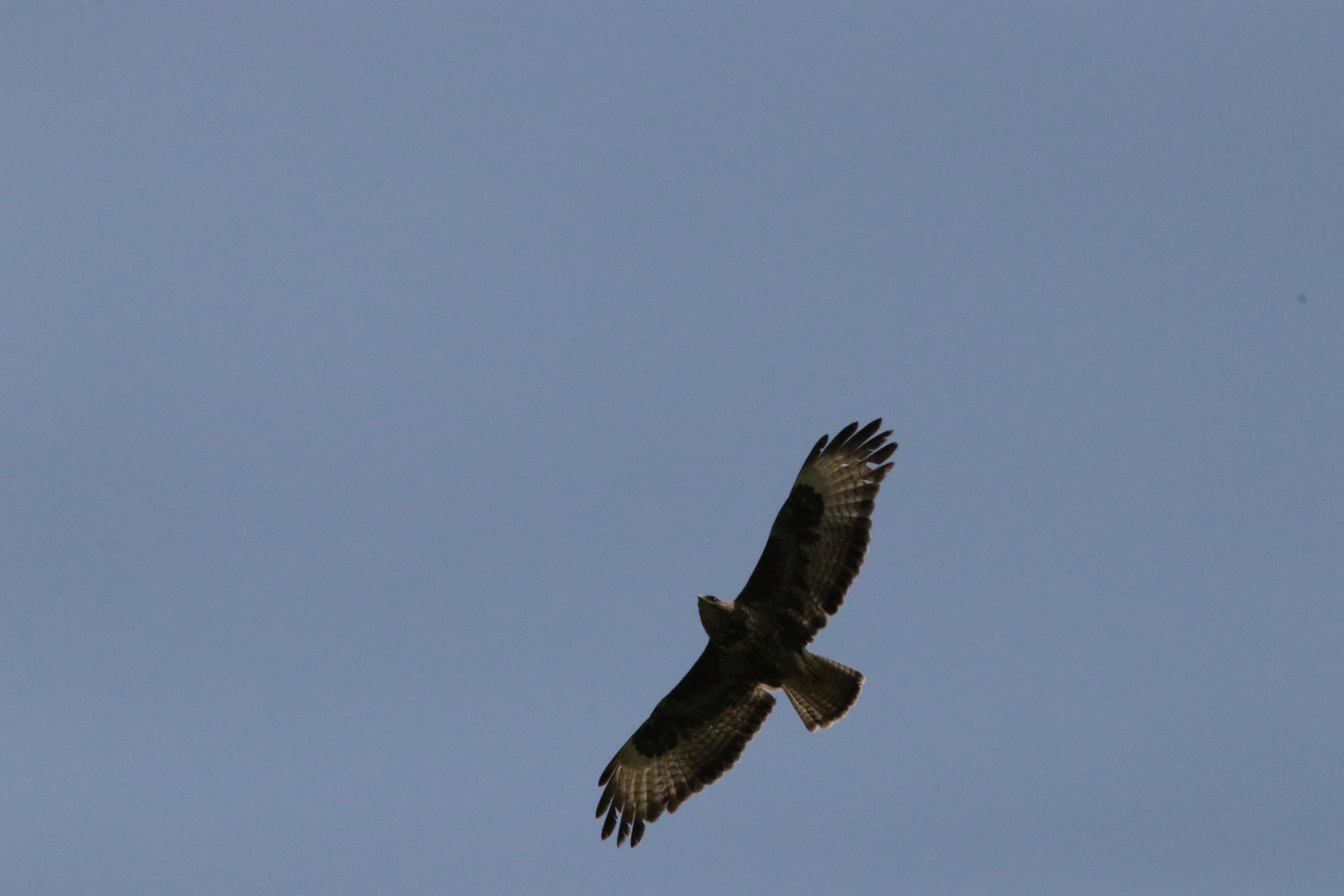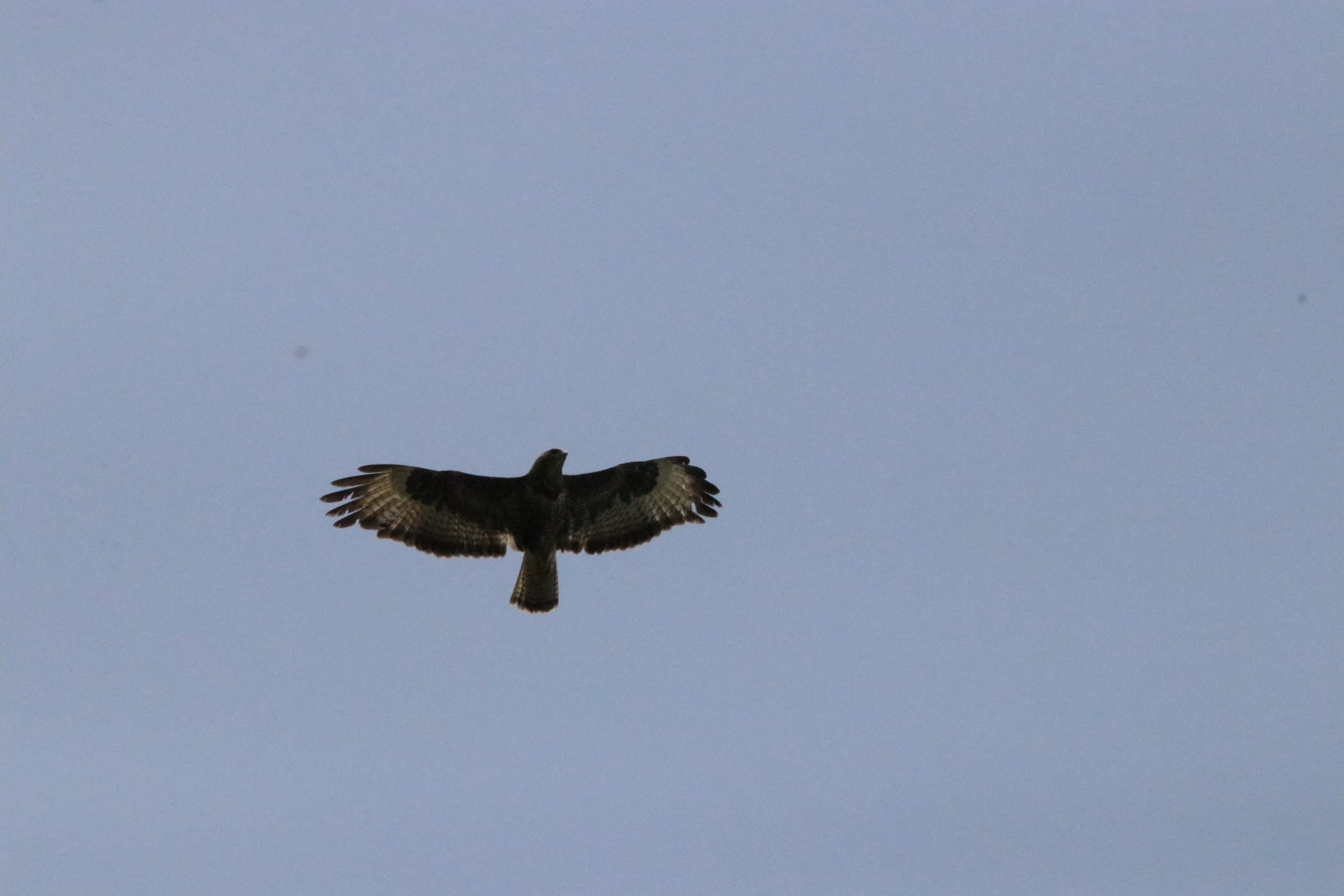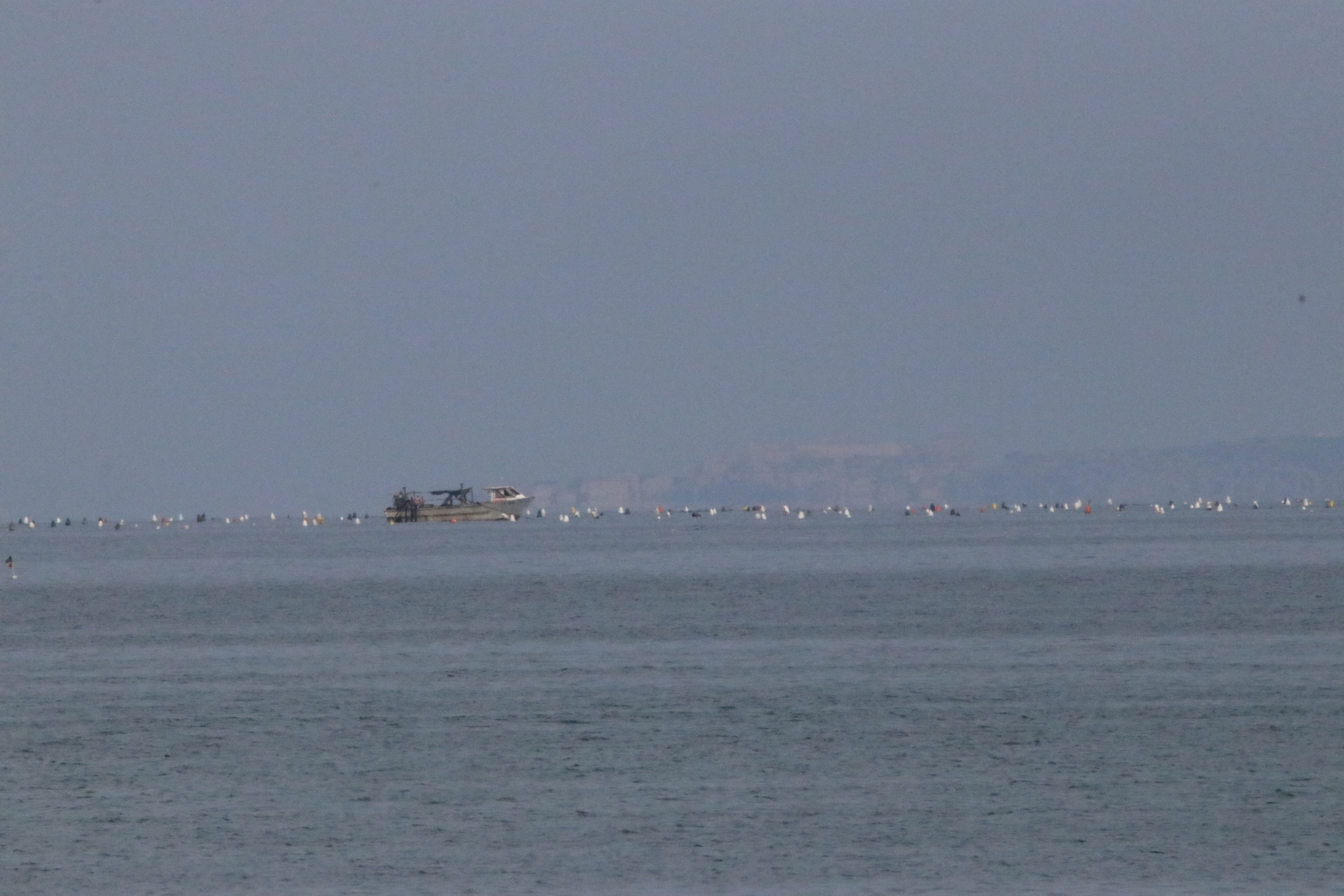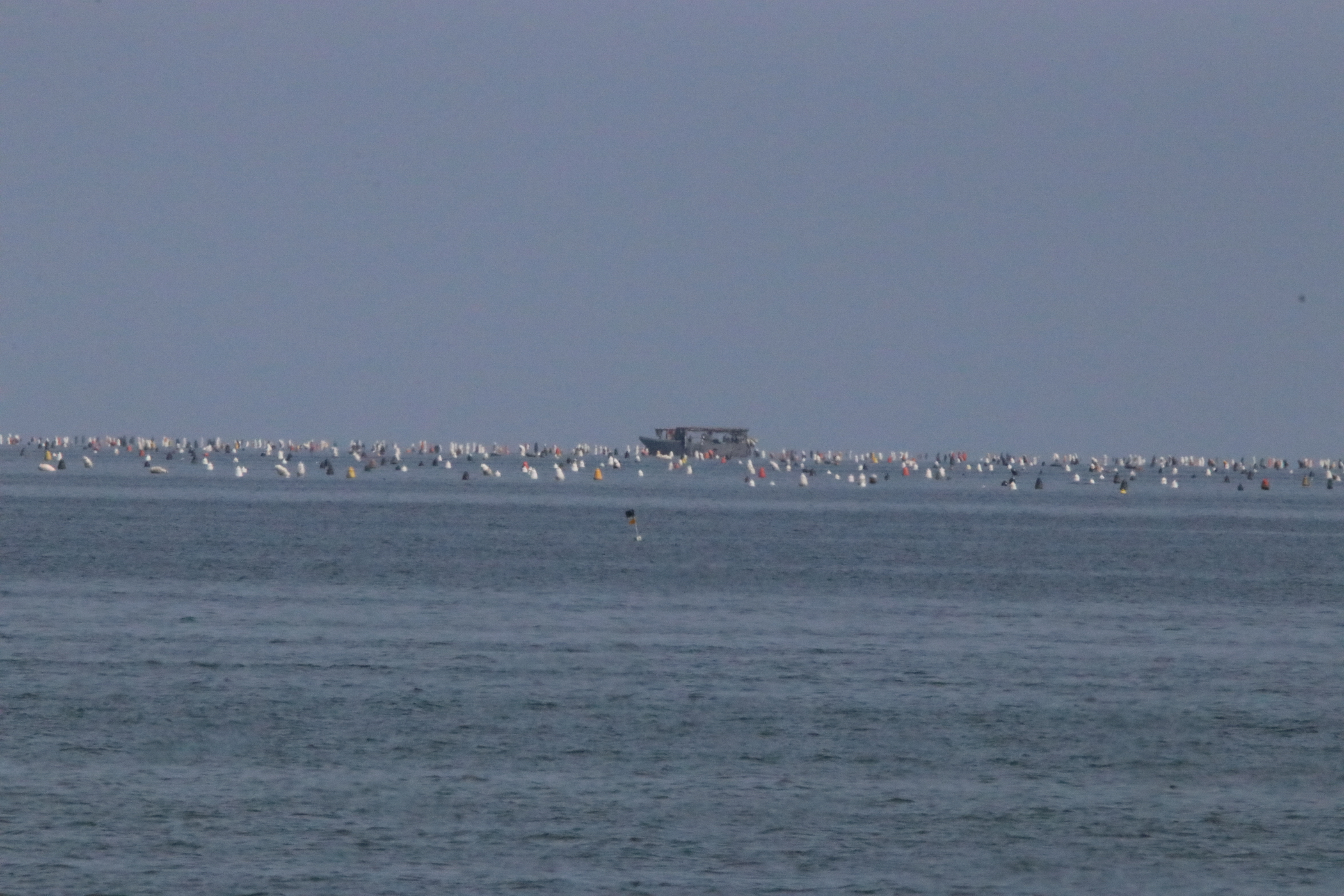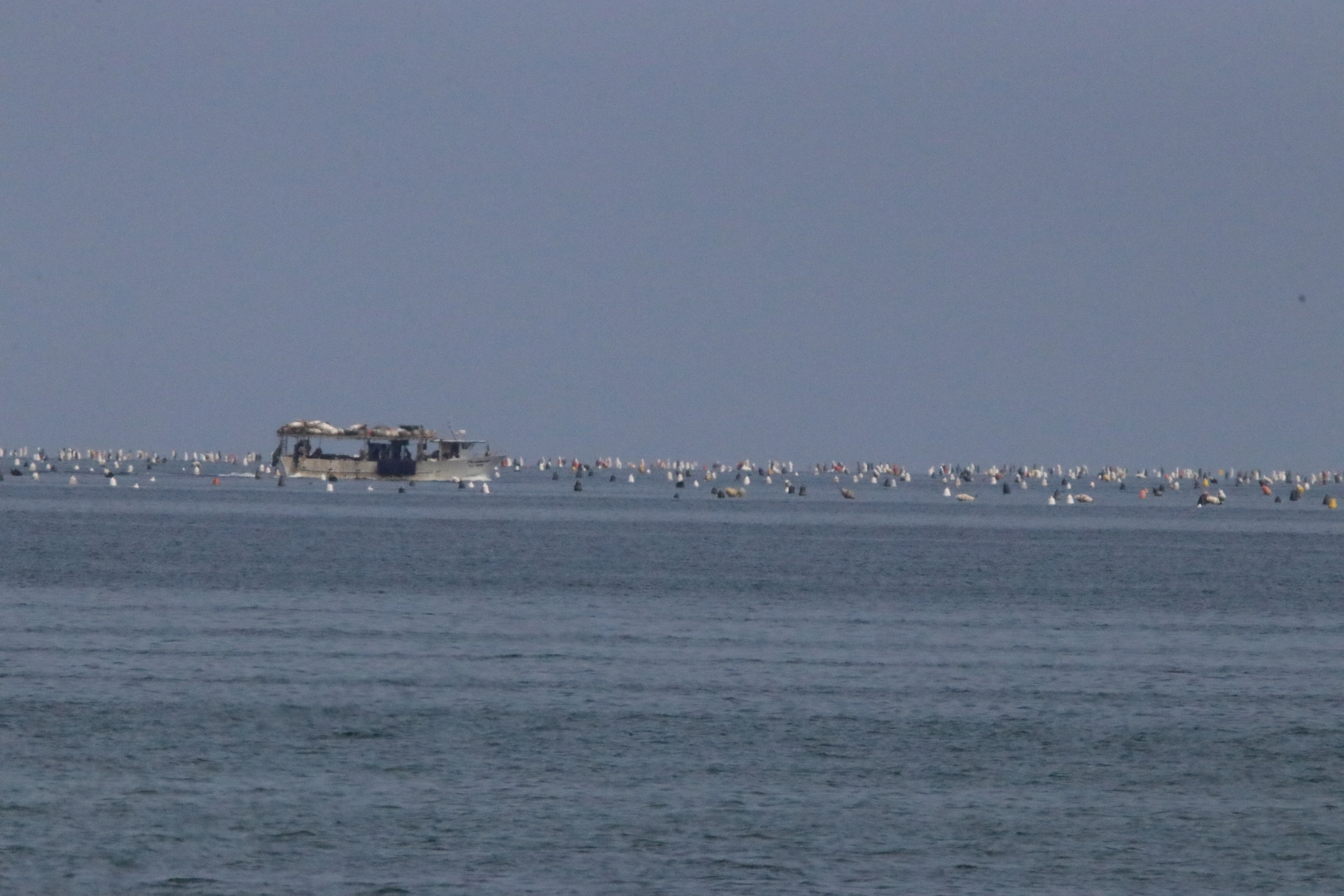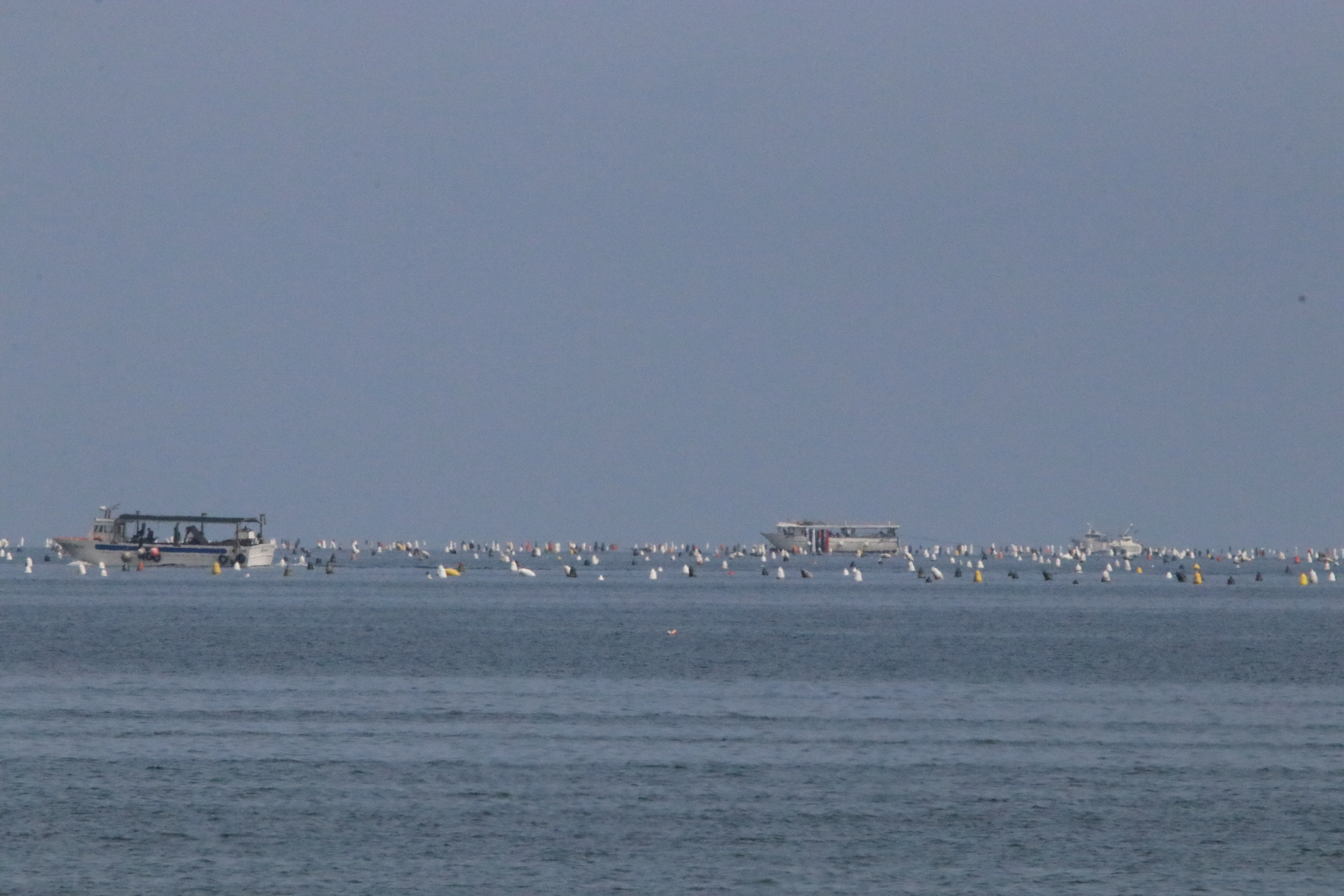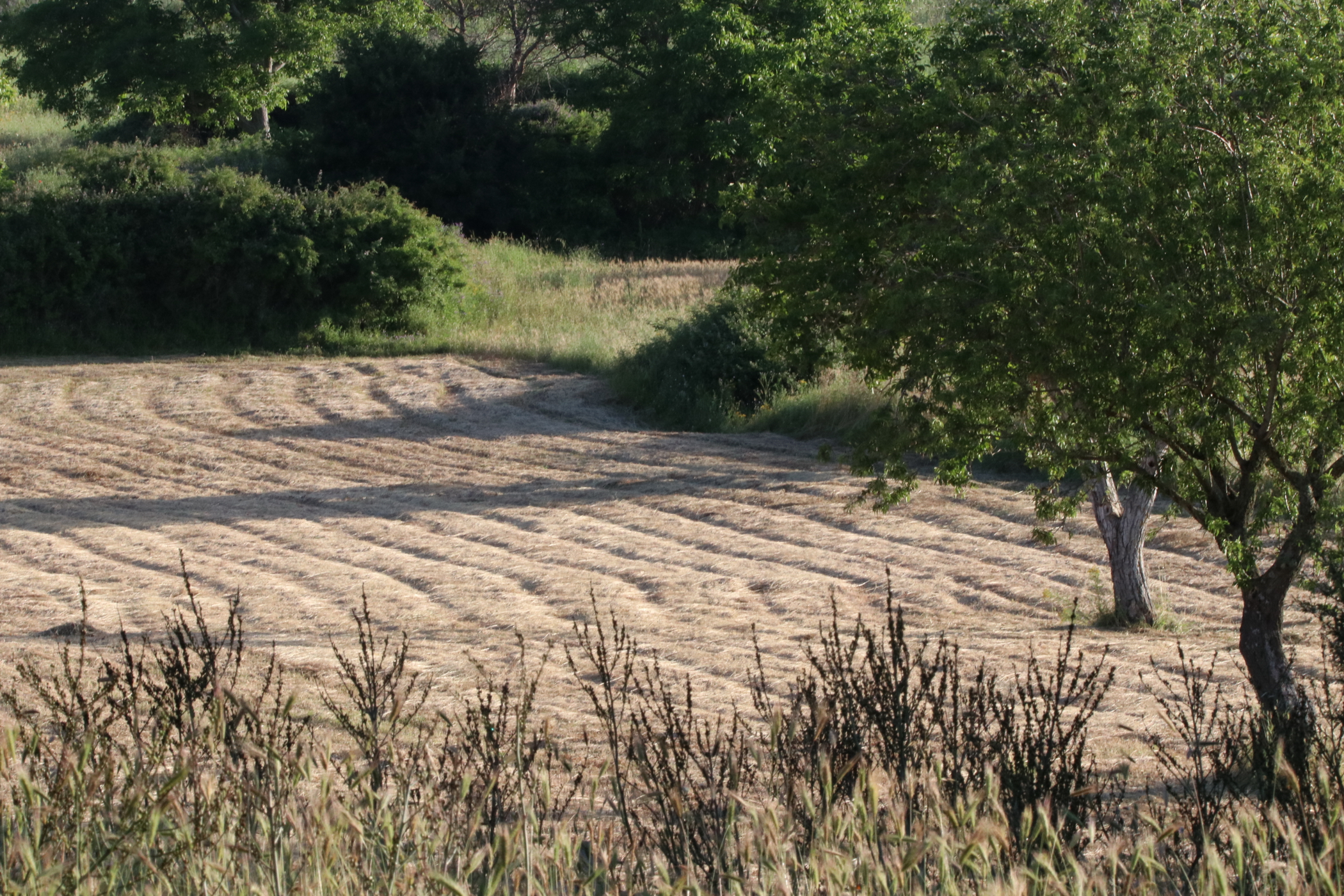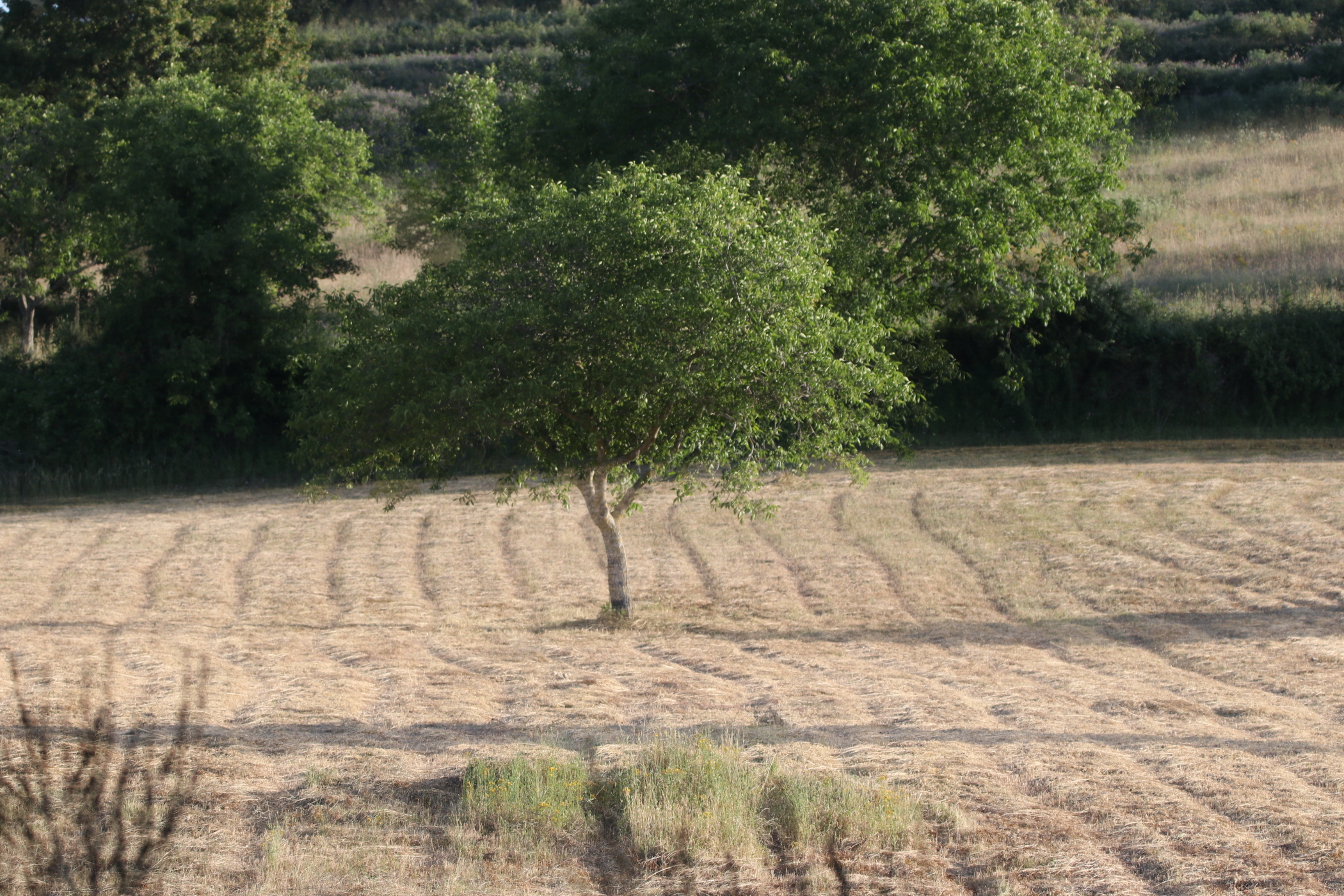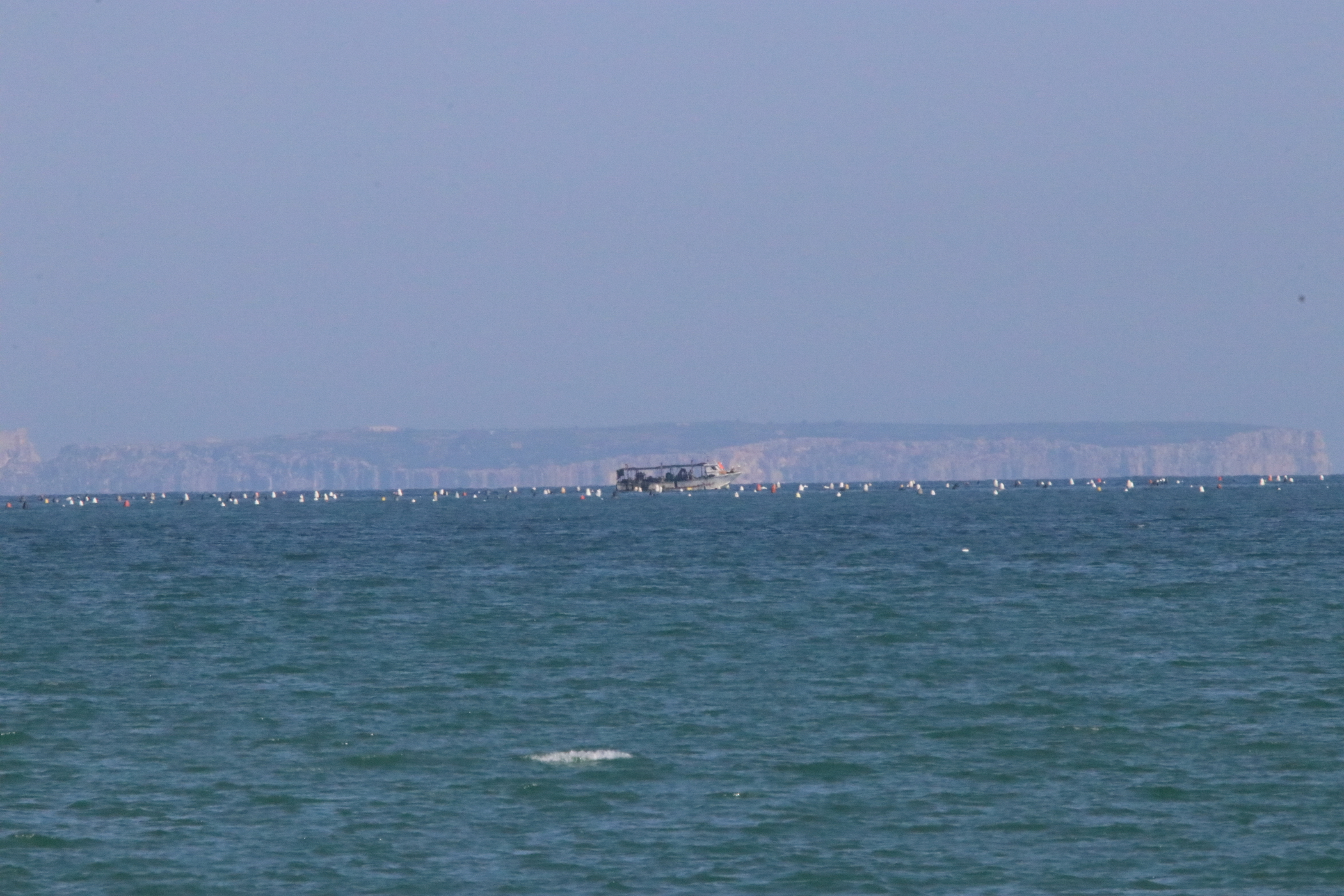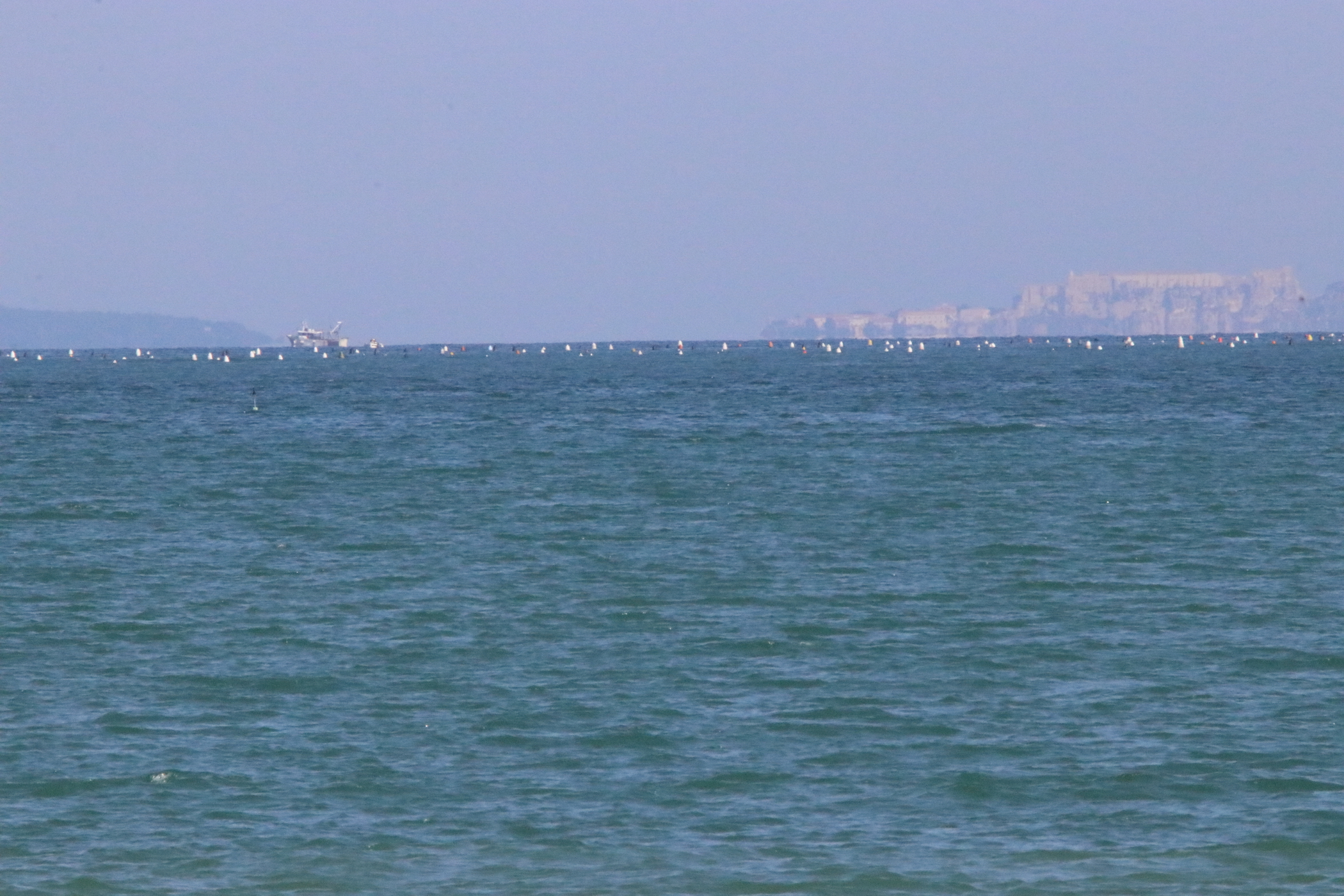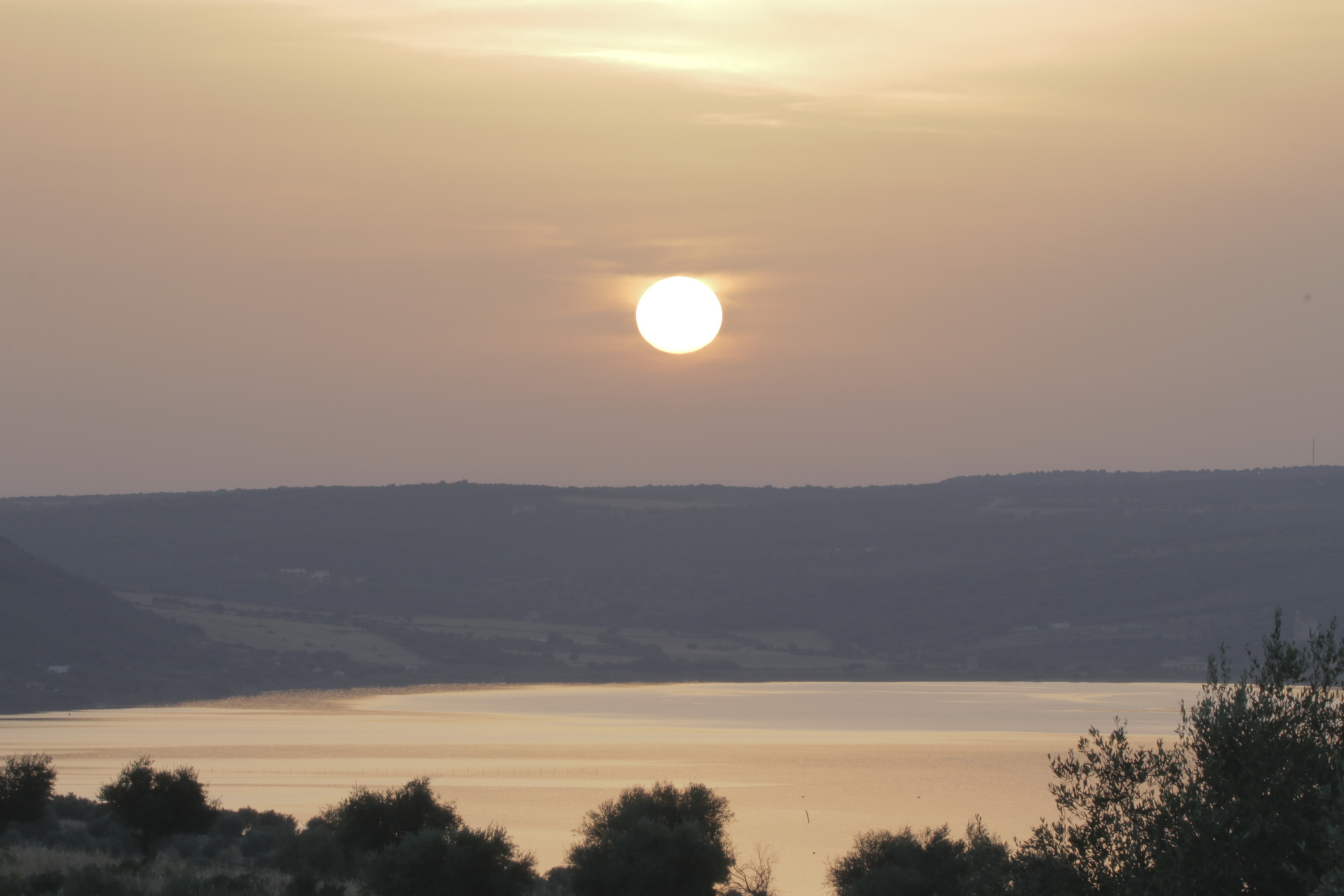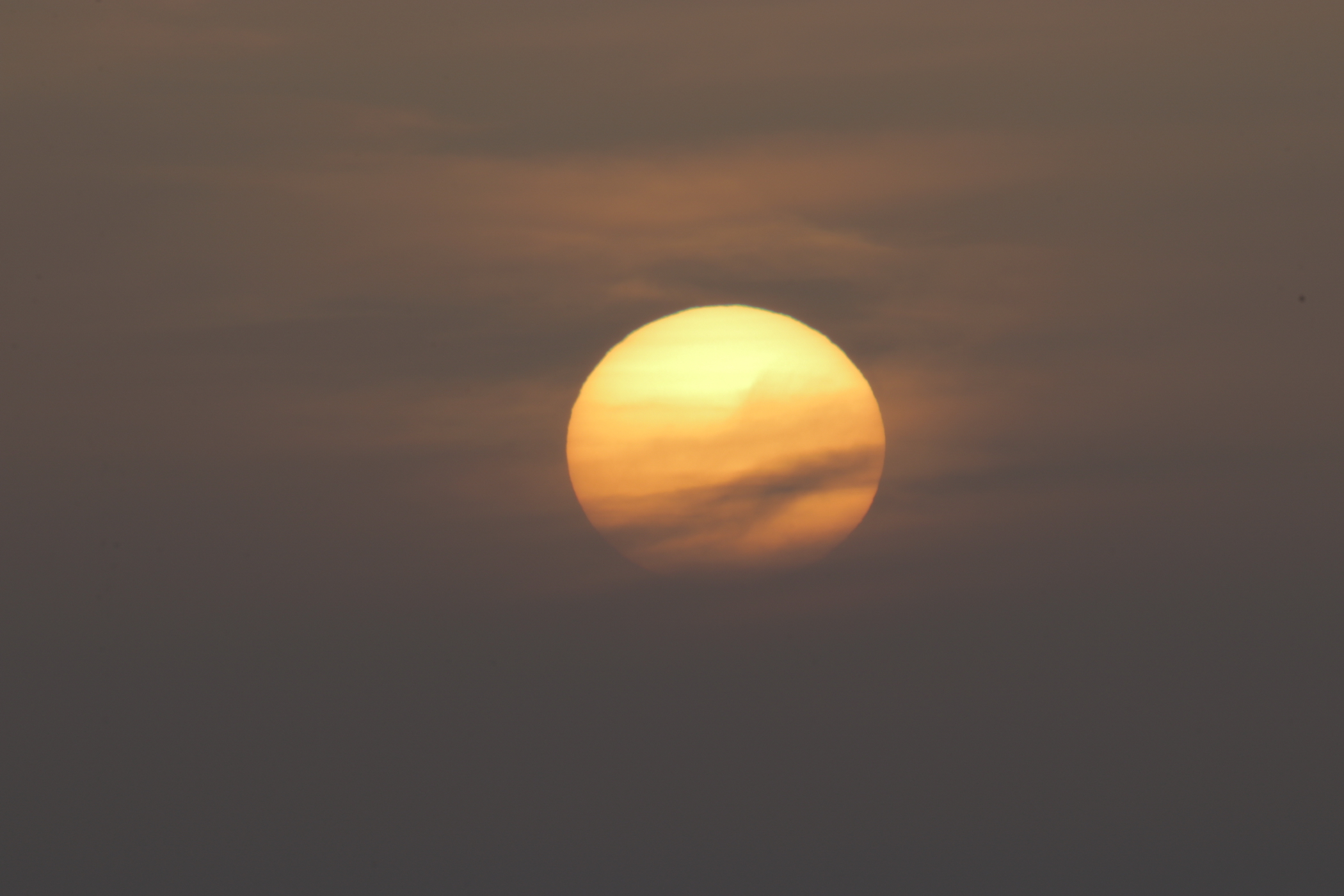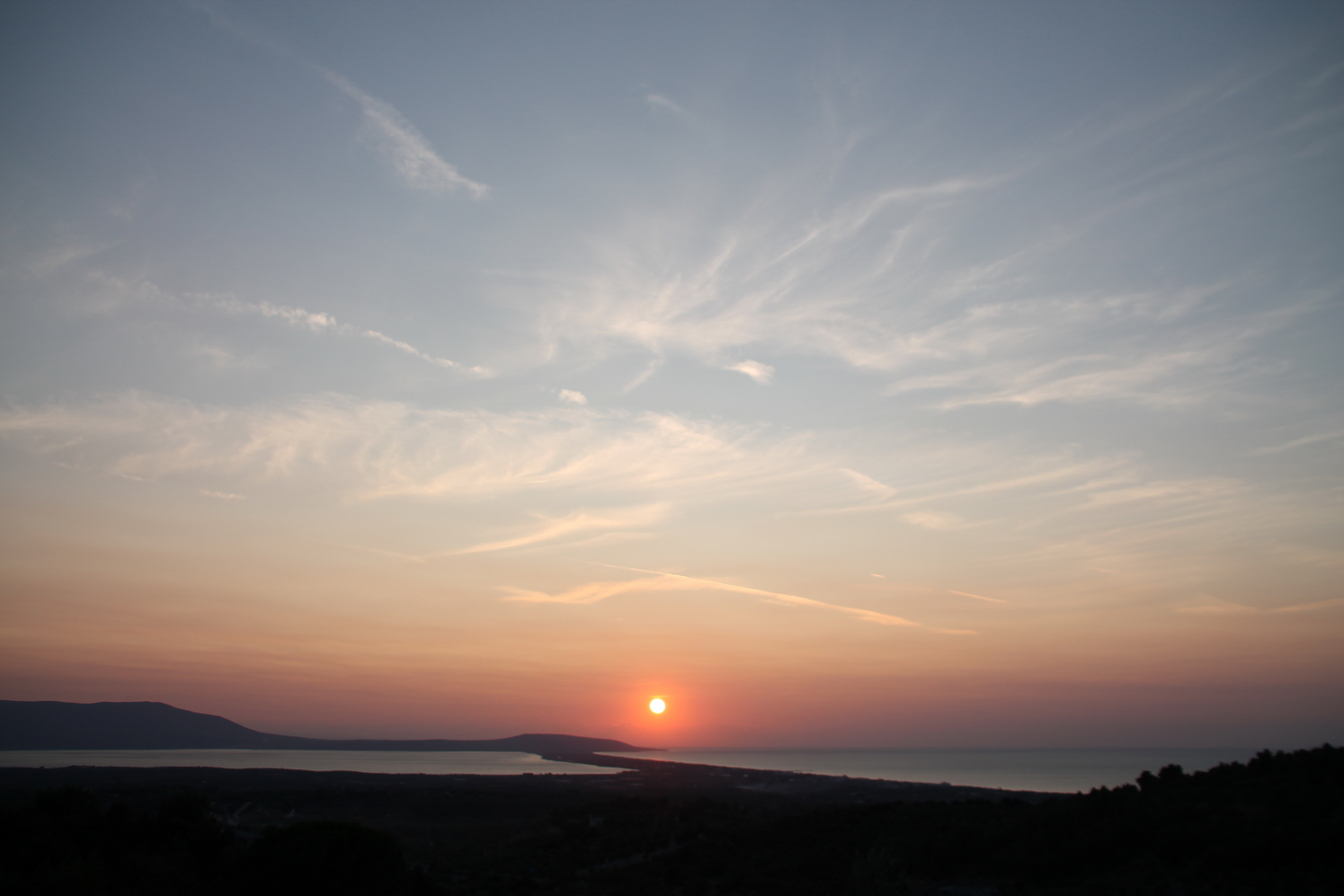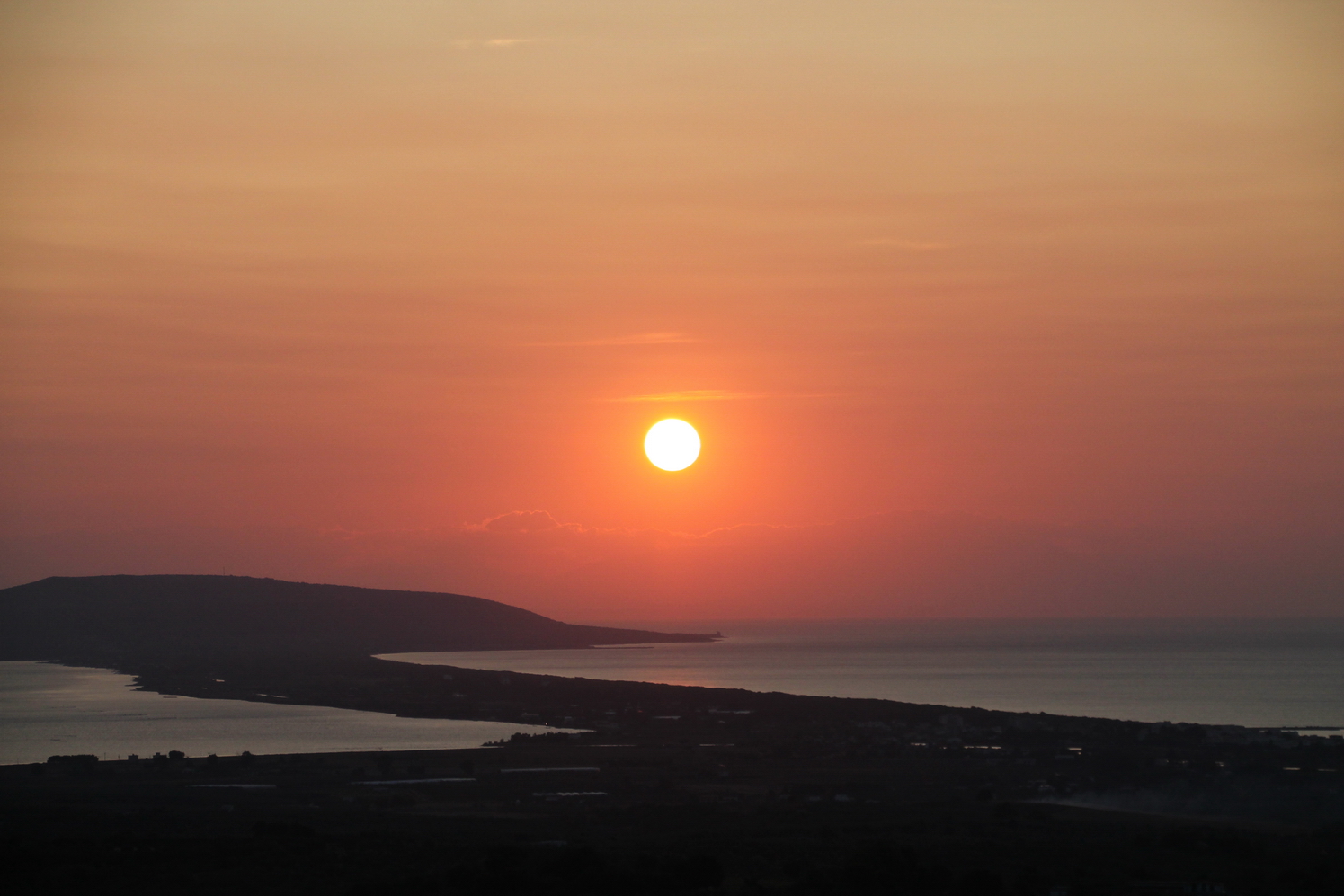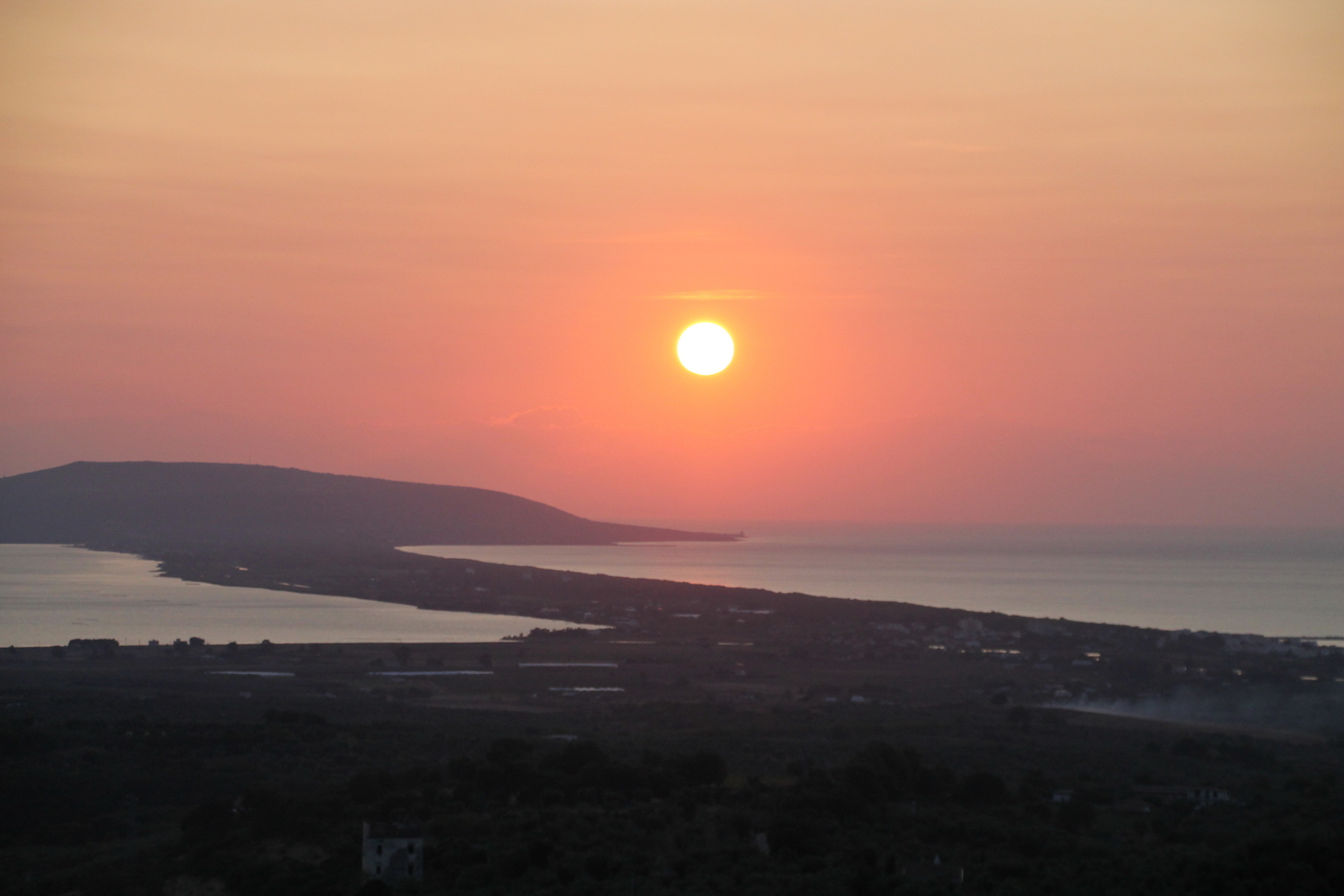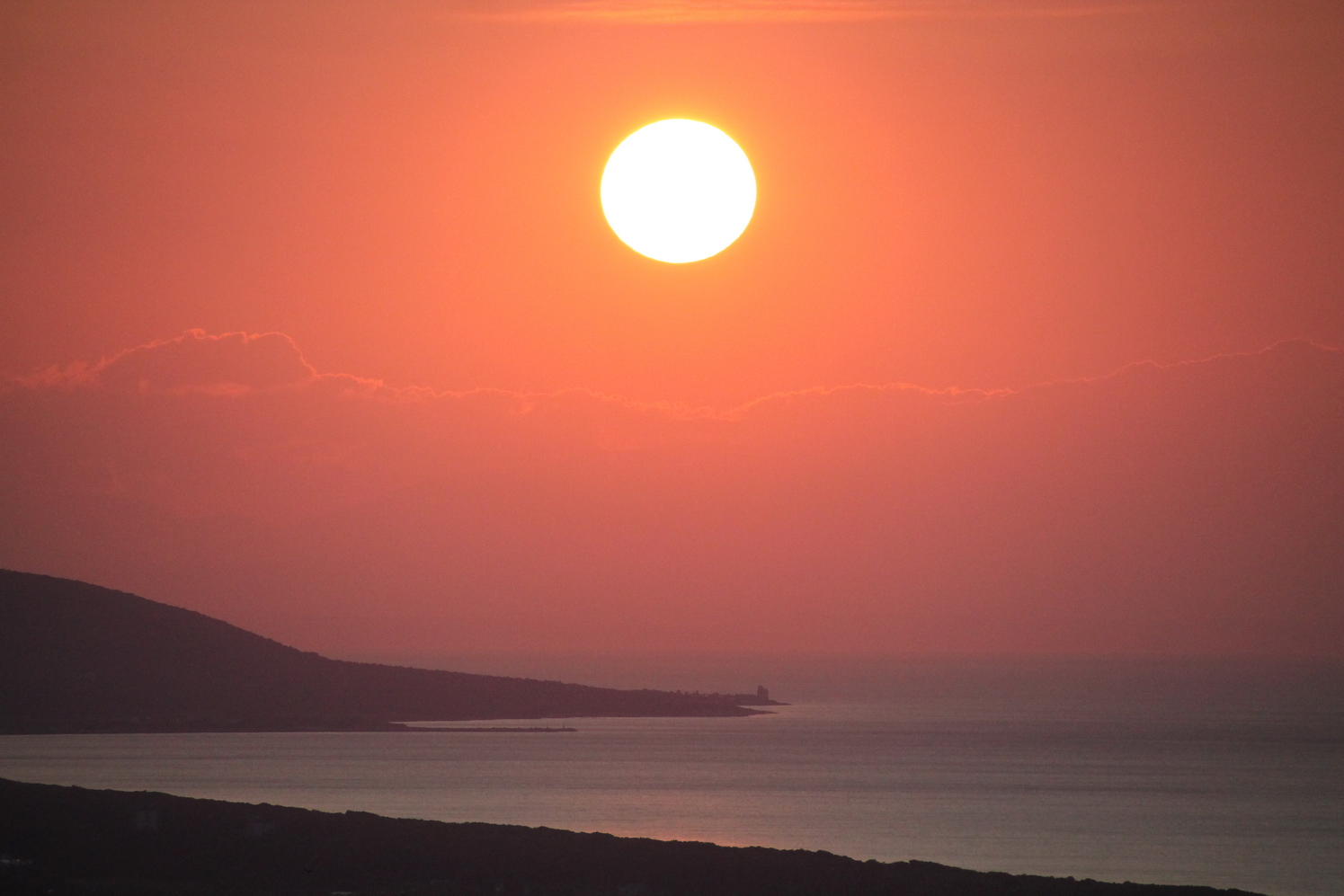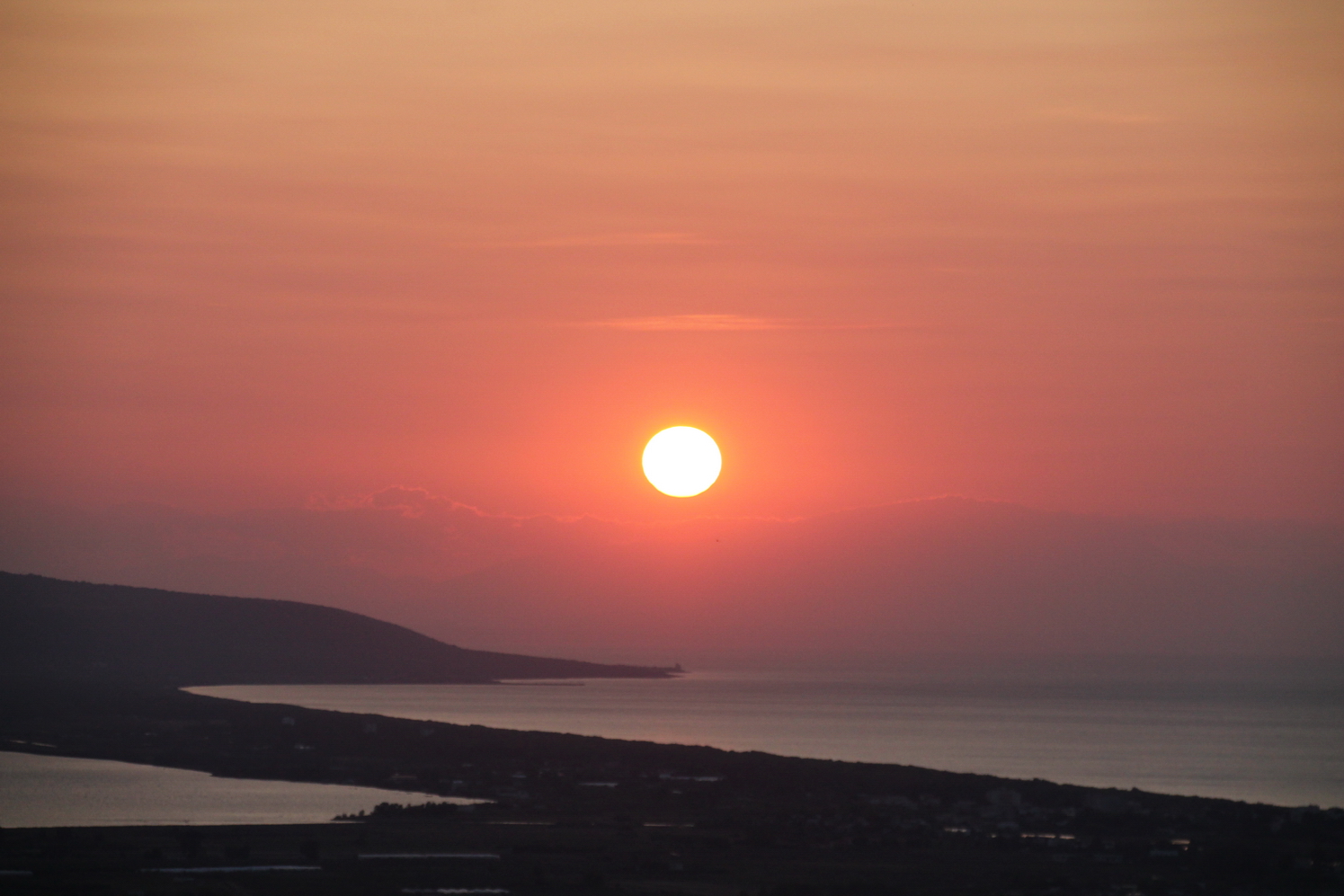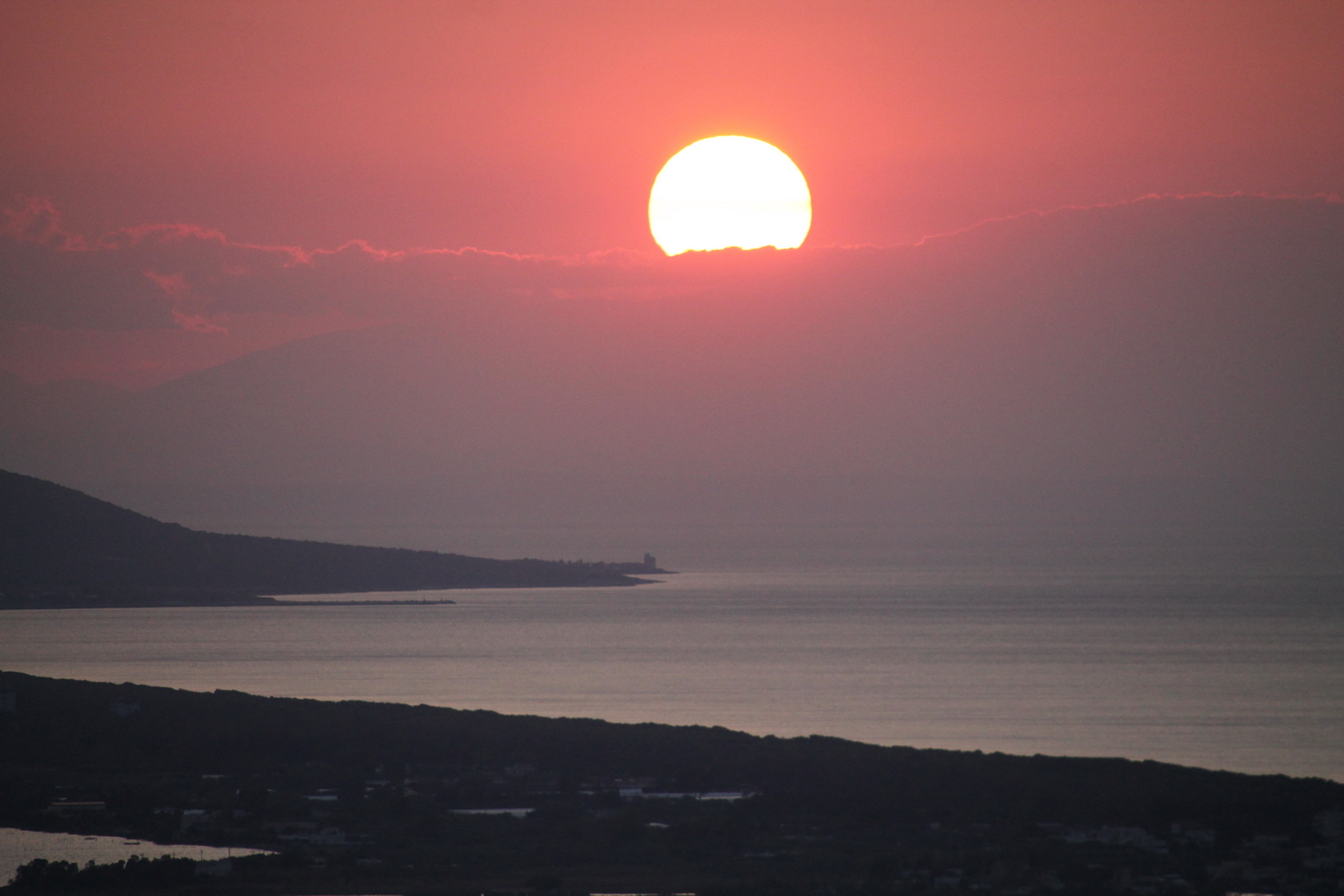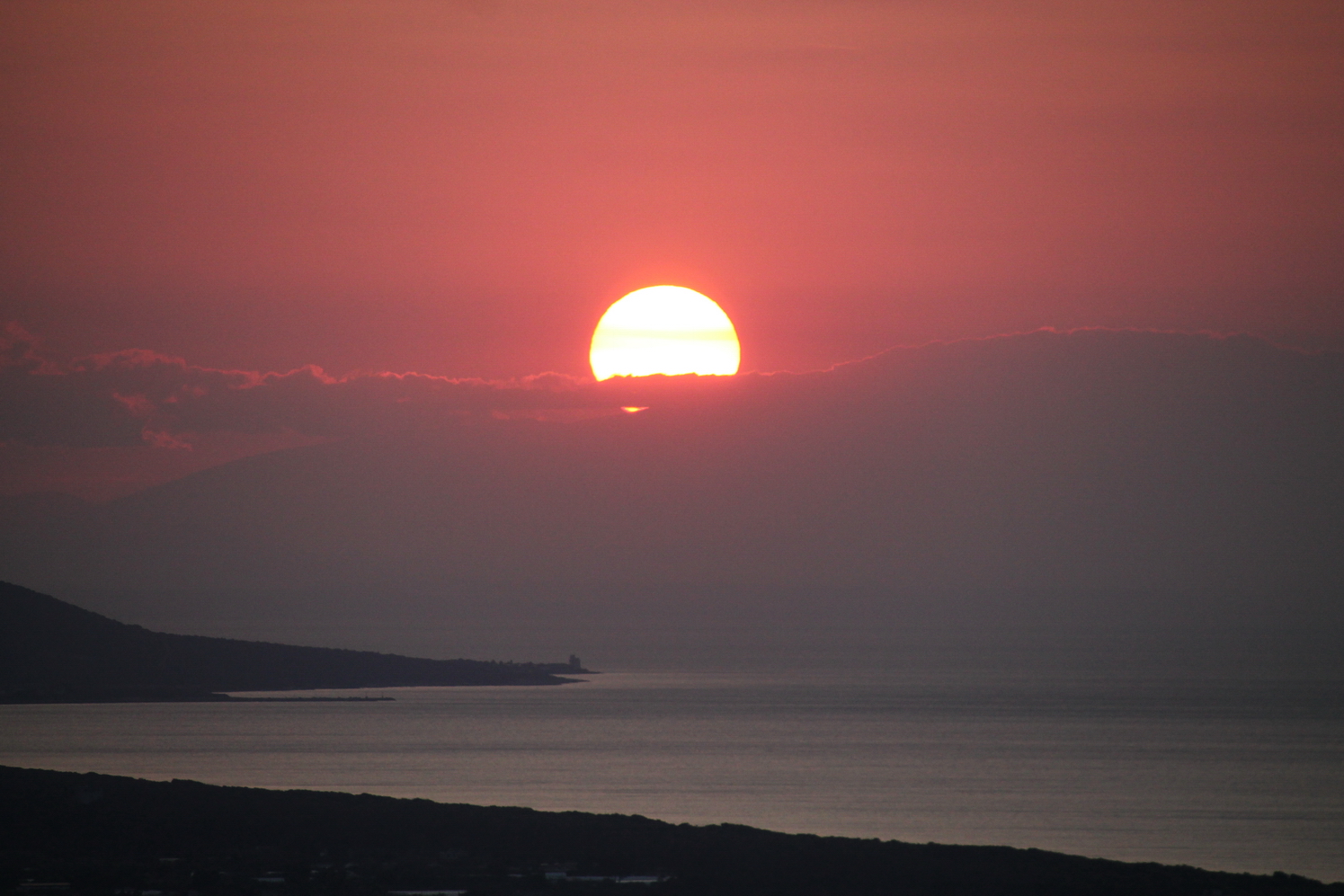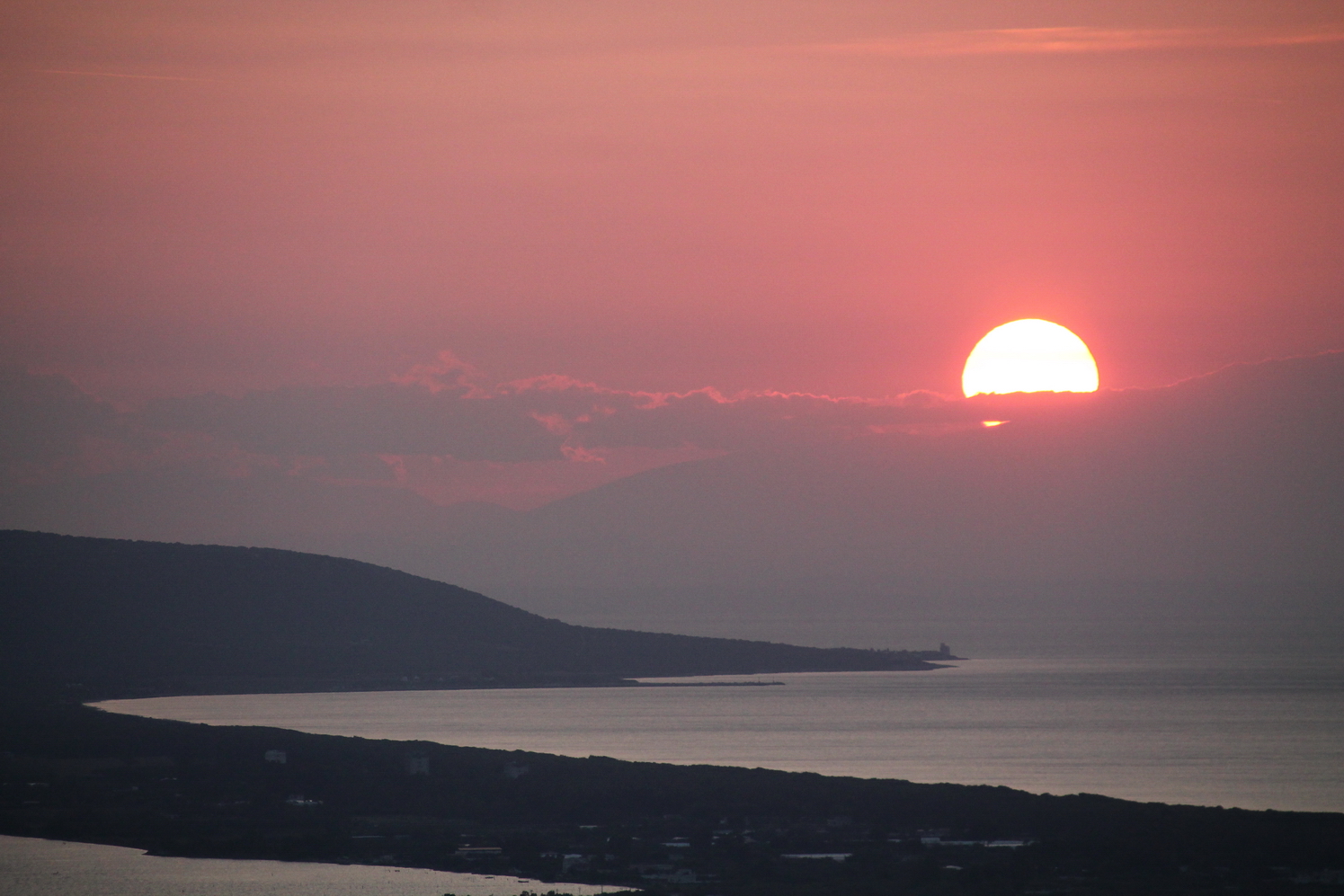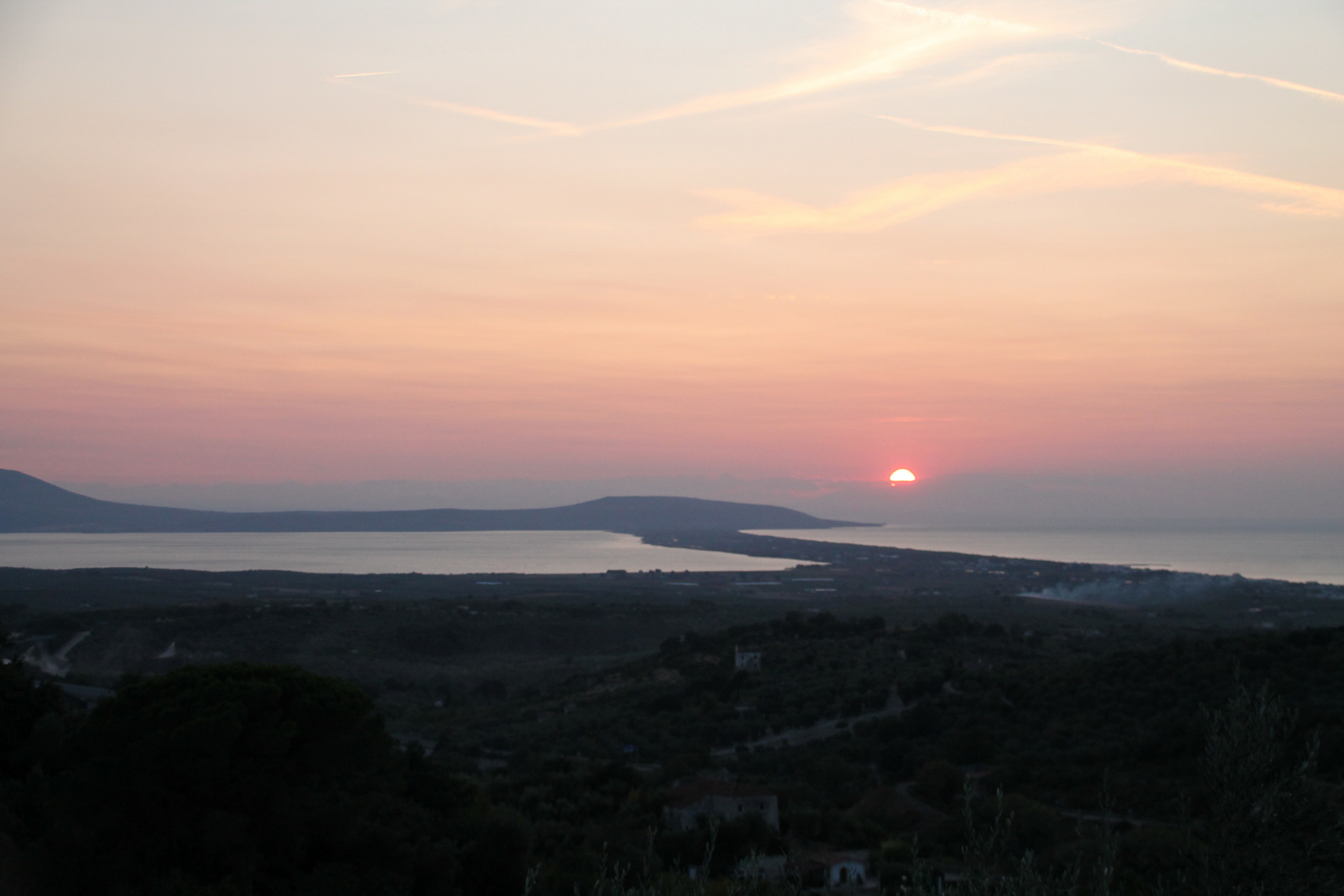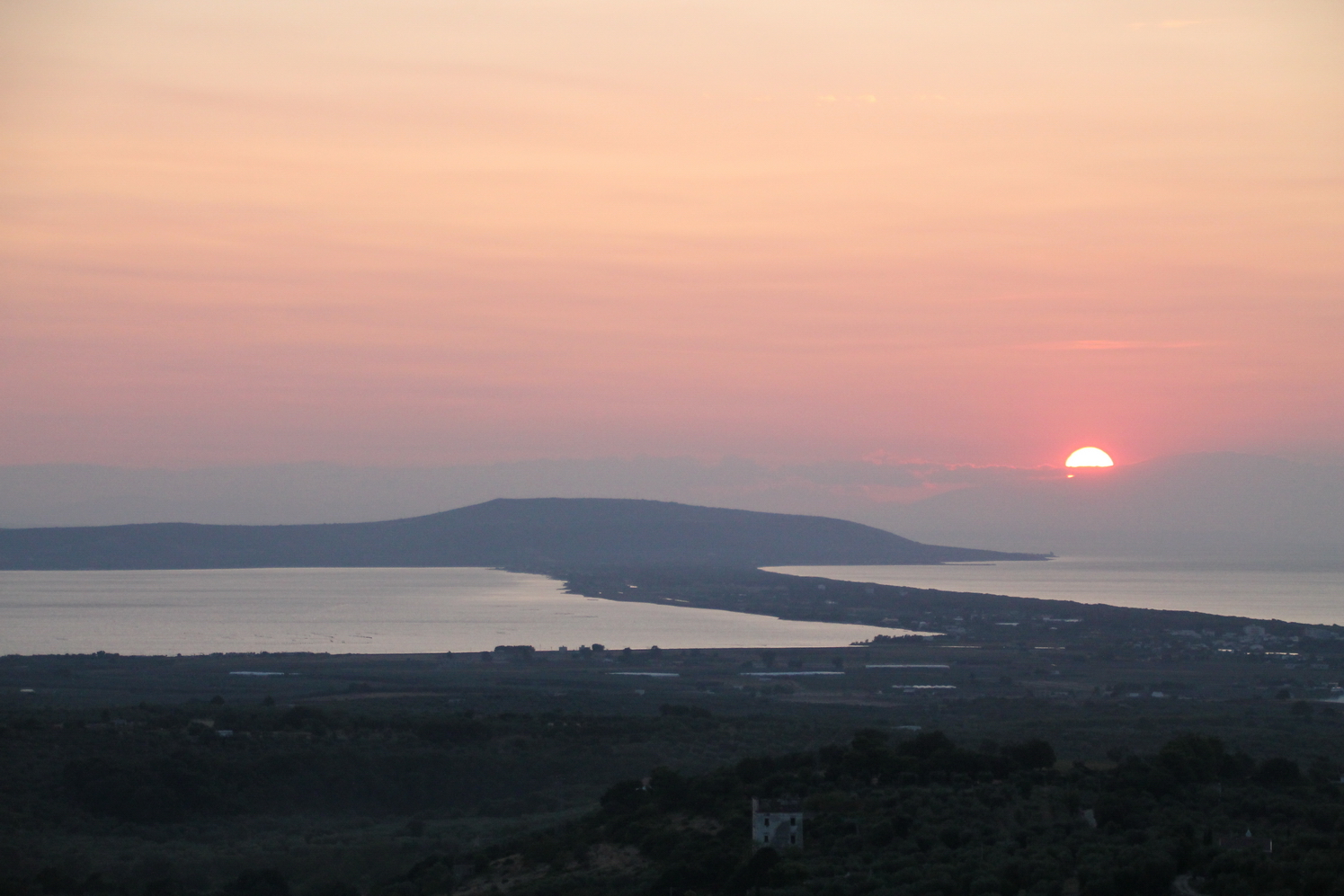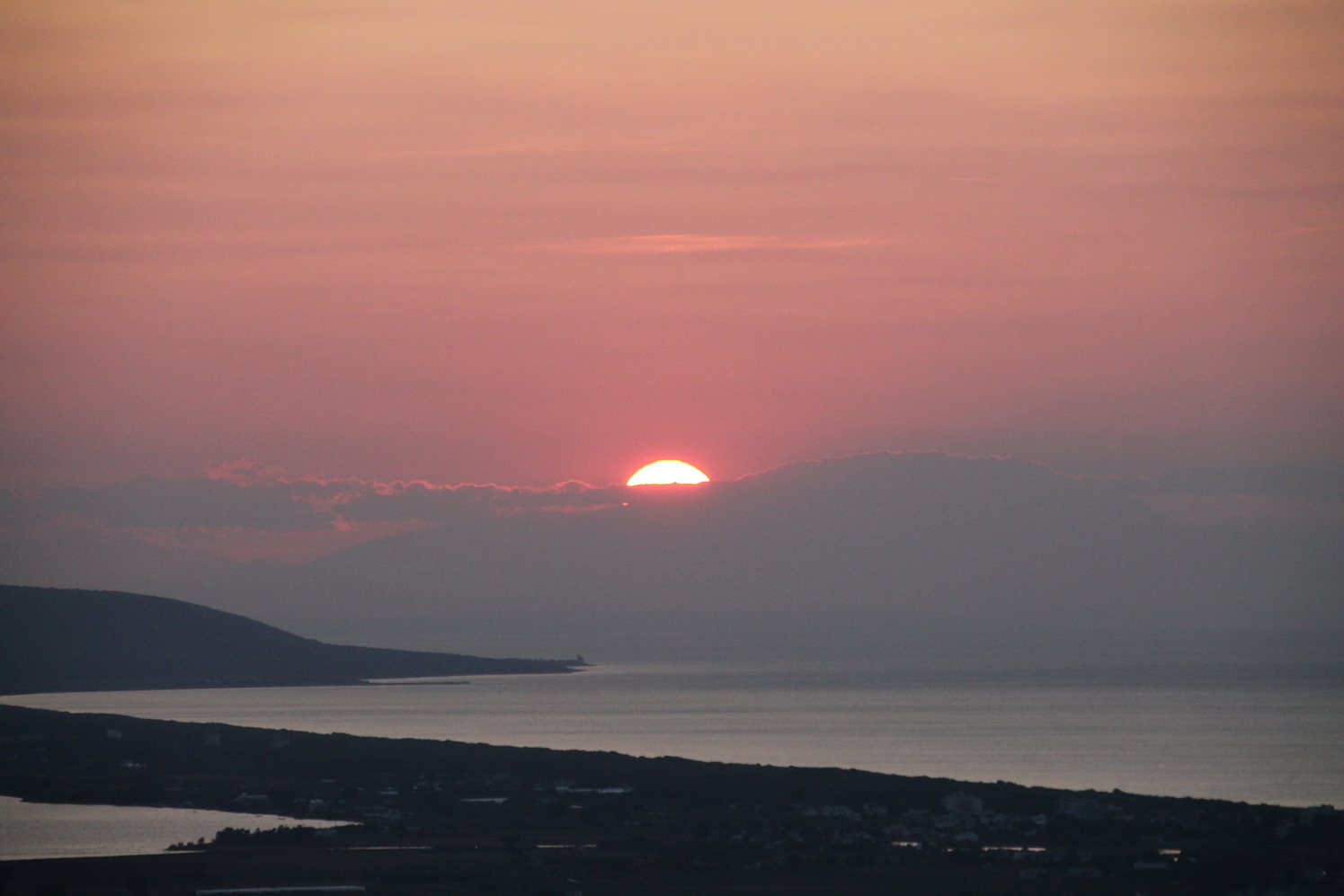The Isola di Varano nature reserve is a protected natural area located on the coastal strip that separates Lake Varano from the Adriatic Sea in the municipalities of Cagnano Varano and Ischitella, in the province of Foggia.
Established in 1977, it is an integral nature reserve, and occupies an area of 145 hectares, within the Gargano National Park.
Fauna
The avifauna is very rich, as in all the wetlands of Italy: numerous cormorants (up to 3000) live in the Foce Capoiale. There are also numerous great crested grebes and lesser mergansers, a type of duck that can reach 129 km/h in horizontal flight.
Other water birds present are the coot and other ducks from the Nordic countries, which spend the winter here, such as the gray duck and the common golden-eye. Various species of herons are observed, typical of all Italian wetlands: the gray heron, the purple heron, the little egret and the great egret, which can often be confused with the little egret. Very simply, the great white heron is larger than the little egret and, in winter, has a yellow beak instead of the black one of its "cousin".
The kingfisher is unmissable, while on the dunes around the lake we find curlews, snipes and black-winged stilts, which also nest here.
Flora
The aquatic flora includes numerous common water lilies and numerous reeds of all types: marsh, common. On the mainland around the lake, the Mediterranean scrub prevails above all, together with the weeping willow. The coast is covered by stone pines, maritime pines and eucalyptus.
Lake Varano is an Apulian lake belonging entirely to the province of Foggia divided between the municipalities of Cagnano Varano, Carpino and Ischitella. With a surface area of approximately 60.5 km² it is the largest Italian coastal lake, as well as being the seventh lake on the peninsula and the largest in southern Italy.
Located on the northern coast of the Gargano peninsula, it is traditionally called a lake, even though it is a lagoon and is therefore a salt water basin, despite having a salinity about a third lower than that of the nearby Adriatic Sea.[1] Excavated in the Gargano limestone mass, between the promontory of Monte Devio and the tip of Rodi Garganico, it has a vaguely trapezoidal shape that extends for a width of approximately 10 km, resulting in it being set inside the Gargano promontory for approximately 7 km.
Its perimeter measures approximately 33 km, its surface is equal to 60.5 km² and the depth of the water varies from 2 to approximately 5 meters (with an average of 3 metres), depending on the place, as you move further away from the shore towards the center of the basin.
To the north it is separated from the Adriatic Sea by a very narrow line of land, called an "island", about 10 km long and 1 km wide, covered with pines, eucalyptus and other plants.
The lake is fed by two underground springs and communicates with the Adriatic Sea via two canals: the mouth of Varano and the mouth of Capojale.
The waters of the lake bathe the municipal territories of Cagnano Varano, Carpino and Ischitella. The settlement of Foce Varano, a hamlet of Ischitella and the settlement of Foce Capoiale, a hamlet of Cagnano overlook the lake.
In the 1st century AD, according to the documentation of Pliny the Elder, in place of the current lake there existed only an inlet (or a gulf) called Seno Uriano by the Latin naturalist.
The formation of a coastal cordon, which occurred due to the sea currents and winds that transported the debris from the rivers that have their mouths in the middle Adriatic, closed this marine inlet, thus giving rise to the "lake" of Varano.
The formation of the lake can be dated around the year 1000. In 1158 the lake was mentioned for the first time in the bull of Pope Hadrian IV.
 Русский
Русский  Spanish
Spanish  日本語
日本語  Italiano
Italiano  Ελληνικά
Ελληνικά  Deutsch
Deutsch  French
French  English
English 